Instagram algorithm tips for 2025: Everything you need to know
The Instagram algorithm affects everyone who uses the platform. Learn the latest ranking factors and make sure your content gets seen. The post Instagram algorithm tips for 2025: Everything you need to know appeared first on Social Media Marketing & Management Dashboard.

To be loved is to be seen. But when the Instagram algorithm determines how many people see you, and how often, sometimes it’s tough to get that love (or even that like).
The good news? Meta is sharing more information than ever about how different ranking signals impact your performance on the app, and we talked to experts Eileen Kwok (Social Marketing Specialist at Hootsuite) and Jason Fung (Marketing Coordinator at Black & White Zebra) for advice on using the Instagram algorithm to your advantage.
Bonus: Download a free social SEO checklist and follow pro tips for Facebook, Instagram, TikTok, YouTube, Twitter, and LinkedIn to get your posts seen by more people.
What is the Instagram algorithm?
The Instagram algorithm is a series of ranking factors that determines what each user sees on the platform. Using information about what you like and who you follow, the ranking technology makes predictions about what kinds of Instagram posts suit you.
The order in which you see posts, Stories, and Reels is also decided by this ranking system: Instagram will show you content that ranks highest, first.
The point of the Instagram algorithm is to give all users an experience that’s totally customized. What comes up on my scrolls through Instagram Reels (largely wedding planning drama — I’m not planning a wedding but I am nosy) will be different from what comes up on yours.
Instagram’s goal is to use ranking technology to give everyone an individualized, net positive experience on the app.
How does the Instagram algorithm work?
The Instagram team makes regular changes and updates to the algorithm to continuously better the user experience — which can be kind of annoying when you’re trying to research exactly how it works.
For example, in early 2025, Instagram has shifted away from the “algorithm” altogether, and instead states that AI systems are used to determine ranking. “Each AI system has models that enable it to make multiple predictions about content,” Meta explains.
AKA the AI learns through interpreting input signals — data like likes, comments, and shares — and using machine learning to decide what content is most relevant to you.
AI and algorithms are different (an algorithm is a defined set of rules, whereas AI will “learn” and adapt based on the user’s experience) but the fact remains that Instagram’s ranking technology works by analyzing a user’s behaviour on the app, then using that information to predict what they’ll want to see next.
Posts that go against Instagram’s Community Guidelines are always downranked, so keep that in mind, too.
Read on to see how AI ranks your Instagram content.
2025 Instagram Feed algorithm
As Meta explains, the AI systems used to determine what posts you’ll see on your feed will determine the 500 posts that are most relevant to you, then use different signals to rank those 500 posts: the posts ranked highest will be at the top of your feed, and the posts ranked lower will follow.
Your feed content is ordered based on:
- How likely you are to spend more than 10 seconds on the first post. Signals that influence this include how much time you’ve spent viewing the author’s posts, how many videos you’ve viewed, how many times you’ve viewed the author’s posts, and which device platform you’re using to view content.
- How likely you are to click on the profile of a post’s creator. Signals include how many times you’ve viewed the author’s profile and posts from that author, how many times the author’s profile has been clicked by followers, and how many times people have clicked on the profile of the author.
- How likely you are to click to comment on a post. Signals include how many times you’ve clicked “View all comments” on posts and how many times you’ve clicked to comment on posts.
- How likely you are to reshare a post. Signals influencing this prediction include:
- How many posts you’ve reshared to followers out of the posts you’ve viewed
- How many times the post has been reshared
- How many times you’ve shared the author’s posts externally
- How many times the post has been shared externally
- How many times you’ve shared a post externally
- How likely you are to scroll to the next post. Signals include how many times others have scrolled to the next post after viewing this post, how many times you have viewed or scrolled to the next post, and how many impressions a user spends viewing media in a specific age range (14-21 days old, 1-3 days old, and 8-14 days old) over a period of 7 days. Additionally, the number of reels a viewer has viewed over a 12-hour period can impact this.
Other factors include how likely you are to engage with specific types of posts, click on videos, or interact with stories — find the full list of ranking factors for your Instagram feed here.
According to Adam Mosseri, Head of Instagram, at a high level, there are two types of ranking on Instagram:
- Connected reach (accounts that follow you)
- Unconnected reach (accounts that don’t yet follow you).
For both, the top three signals that matter most for ranking are watch time, likes, and sends.
So, when checking your insights, pay close attention to your average watch time, likes per reach, and sends per reach. These signals are key to understanding how your content performs with both your current followers and new potential ones.
2025 Instagram Reels algorithm
Meta says that the AI system that handles Instagram Reels Chaining “automatically determines which reels show up, and in what order, by predicting what you’re most likely to be interested in or engage with.” The system gathers about 100 reels and ranks them.
Reels are delivered to you based on:
- How likely you are to comment on a Reel. Signals include which creators have you commented on in the past and how much time viewers from your country have spent on the Reel.
- How likely you are to follow the creator of a Reel. Signals include which creators you followed and how many followers the creator has received from this video.
- How likely you are to share the Reel outside Instagram. Signals include how much time you’ve spent on Reels and how many times you’ve shared a post externally.
- How likely you are to use the audio from a Reel. Signals include how many times you’ve clicked the audio link in Reels you’ve seen and how many times you’ve clicked “Use audio” after clicking the audio link.
- How likely you are to follow the author of a Reel. Signals include the number of followers the author received through the Reel and which authors you’ve followed.
Other factors include how likely you are to watch less than three seconds of the Reel, how likely you are to click ‘Interested’ after watching, how likely you are to click on this Reel in the Explore tab and more. For a complete list of Meta’s AI systems for Reels chaining, read this.
Want to take your Reels up a notch and land on Recommendations? Mosseri insists your Reels deliver on these 5 criteria:
- No watermarks
- Add audio
- Make sure videos are 3 minutes or less
- Post original content
- Check Account Status in your profile settings to confirm that your account is in good standing
2025 Instagram Stories algorithm
Similar to your feed and Reels, Instagram’s AI technology uses a variety of signals to predict what you’ll want to see most in your stories.
Stories are ranked based on:
- How likely you are to click on a story. Signals include how often you view stories and posts from that creator, and what device you’re using IG on.
- How likely it is that the creator is your personal friend or family member. Signals include the number of DMs you and the creator have exchanged and whether or not you are friends on Facebook.
- How likely you are to tap into the creator’s profile page from the story. Signals include the number of times you’ve gone to the creator’s profile and how many friends/followers you have in common.
- How likely you are to exit the story. Signals include how many times you’ve closed a story and how many stories you’ve viewed from the creator.
Other signals include how likely you are to respond to a story’s question, poll or response, as well as how likely you are to like, reply to, or swipe to the next story. For a complete list of all the story ranking signals, go to Meta’s Transparency Centre.
Per Mosseri, the most important ranking factors for Stories are:
- How likely you are to tap on the Story in the first place
- How likely you are to like that Story
- How likely you are to send a message or reply to that Story
2025 Instagram Explore Page algorithm
Finally, there’s the Explore Page — the go-to spot to see content from creators and businesses you don’t follow (yet). To build your Explore Page, Instagram uses AI and input systems that, according to Meta, “are dynamic and change frequently as the system learns and improves over time.”
In fact, the Explore Page has the most ranking signals of all (over 30). We’ll list a few of them here:
- How likely you are to follow the creator. Signals include how many follows the post has gotten from Explore and the number of times you’ve visited the creator’s profile lately.
- How likely you are to view the post for more than five seconds. Signals include the amount of time you’ve spent viewing this creator’s posts on Explore and how many other people have seen the post on Explore.
- How likely you are to watch 95% or more of a video. Signals include how many other people have done this, and the amount of time you’ve spent watching square posts on Explore.
For the complete list of 36 ranking signals used to build your Explore Page, check out Meta’s Transparency Centre.
Instagram algorithm changes for 2025
Instagram’s AI ranking systems are constantly developing and changing. Here are a few of the platform’s most recent updates:
- A focus on creativity and connection: Instagram head Adam Mosseri said that 2025 will be all about creativity and connection, and that the platform is enhancing AI tools to foster that. “The algorithm will start prioritizing and rewarding content that is original and creative,” says Kwok.
- Shares as a top ranking signal: “The platform is also going to be doubling down on messaging, as it’s the primary way people share content,” says Kwok. She recommends social media managers brainstorm content that incentivizes Instagram users to hit “share.”
- Trial Reels: In December 2024 Instagram introduced Trial Reels, which allow users to create a Reel that is shown only to non-followers. Trial Reels are a great way to test if your content ranks highly before sharing it to your audience.
- Recommendation Reset feature: “Meta’s launching a new feature that allows users to reset their algorithms and ultimately rebuild their content feed,” says Fung. Once this feature is launched, you’ll be able to refresh your personal ranking systems — build your feed brick by brick, as they say.
- Teen Restriction Accounts launch: Teen accounts were launched in late 2024/early 2025 with the intent to protect young internet users: they are “automatically set to more protective teen safety settings,” according to Meta. If younger users are part of your target audience, Fung points out that this launch is “a great reminder to reevaluate your current social content to ensure there isn’t harmful content that may affect your algorithm effectiveness for Gen Z.”
Top Instagram algorithm ranking factors
The 3 most important ranking factors of the Instagram algorithm are:
- Relationship between the creator and the viewer. Do you follow each other? Do you message each other or leave comments? If you have a repeated interaction history with a specific user in the past, you are more likely to see the new content they post. (This is very important for businesses: Active community management, including responding to direct messages and comments, can improve a brand’s visibility on Instagram.)
- Interest. Does a user typically interact with this type of content? When the Instagram algorithm recognizes that a user enjoys a specific content type or format, it shows them more of the same.
- Relevancy. Instagram decides how “relevant” every piece of content is. This includes an analysis of where it fits with trending topics as well as the timeliness factor (recent posts are considered more relevant than older posts).
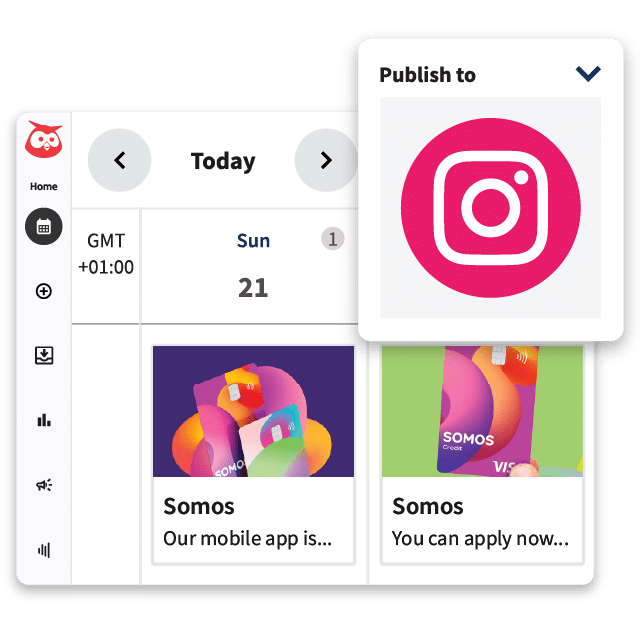
Schedule posts, Reels, and Stories. Answer comments and DMs, and build beautiful reports. It’s so easy. Start free 30-day trial
13 tips to optimize your content for Instagram’s algorithm, according to the experts
Instagram algorithm tips for feed posts
1. Interact in the comments
Kwok notes that engagement (both outbound and inbound) is important when it comes to a post’s ranking. “Take the conversation further in the comments,” she advises.
Replying to positive comments on your posts, even just to say thank-you, helps give your content a boost.

Source: @bkind.products
Who this is for: Brands, businesses, and creators
Why it works: Connection and community go both ways — when you engage with your Instagram followers, they’ll engage back. This will lead to more comments on your posts, and a higher ranking on the IG feed.
How to do it: Reply to every comment you can, and encourage your followers to interact with your posts. “Consider including a CTA or posing a question in your caption,” Kwok suggests.
2. Be concise
Feed content can be passed over with a quick scroll, so it’s important to deliver value as promptly as you can. “Remember you only have a couple seconds to capture your audience’s attention,” Kwok notes.
This Reel is just a single shot with a single line of text, but it’s very effective.

Source: @dohhut
Who this is for: Brands, businesses and creators
Why it works: One of Instagram’s ranking signals is how long a user spends viewing your post. When your content is too complex or (gasp) boring, you risk losing a wider audience (and losing points when it comes to ranking).
How to do it: “Be simple with your messaging,” Kwok recommends. Create clear, concise content viewers can immediately flag as interesting, entertaining or useful.
Instagram algorithm tips for Reels
3. Keep Reels under 90 seconds
Reels can be up to 3 minutes, but experts recommend sticking closer to a minute and a half. “Keep ’em short and sweet,” says Fung.
This Reel, for example, is less than 20 seconds.

Source: @jlpatisserieaz
Who this is for: Brands, businesses, and creators
Why it works: Short Reels are backed by the Instagram team: “Last year, Instagram released a ‘Best Practices’ feature for IG creators, and they made notes on posting shorter reels, also echoed by Adam Mosseri,” says Fung. Plus, one of Instagram’s ranking signals is how many times your video was watched in its entirety (the shorter your video is, the more likely viewers will watch till the end).
How to do it: Keep a 90-second time limit in mind when shooting the majority of your Reels, and consider making a series if your content doesn’t fit within that time frame.
4. Loop your Reels
A viewer will often watch a looped video more than once (especially if they don’t realize it’s looped at first).
I double-duck dare you to watch this one only once.

Source: ducks_in_space
Who this is for: Brands, businesses, and creators
Why it works: Fung explains that IG relies on watch times as a ranking signal, and looping your videos “stretches that time as much as possible.”
How to do it: End your video with a phrase or shot that blends seamlessly into the beginning — for example, if your video starts with, “Looping your Reel is the best way to hack the algorithm,” it could end with, “And that’s why — ”… you get it.
Instagram algorithm tips for Stories
5. Post stories often
“Post consistently to remain as high as possible in your audience’s feed,” Fung explains. The more you post, the more opportunities viewers will have to see your content.
Instagram tends to show accounts with Stories currently posted first in search, too.

Who this is for: Brands, businesses, and creators
Why it works: In late 2024, a post from Adam Mosseri stated “creators who post to Stories often see fewer unfollows than creators who don’t, which can lead to stronger growth over time.”
How to do it: Plan ahead and schedule your Stories to make sure you’re posting consistently, and consider sharing new posts as story reposts so your audience has more channels to view your content.
6. But don’t post too many at once
Too many Instagram Stories can be overwhelming for a viewer. “The moment your Story slide count goes over five, you’ll start to notice a dip in views and engagement,” says Kwok.
When the story bars look tiny (as in the example below), users may lose interest.

Who this is for: Brands, businesses, and creators
Why it works: Instagram’s Story ranking signals take into account how many times a viewer has exited or swiped past your Stories, and your Stories won’t be given high priority if your audience is getting bored and giving up.
How to do it: Strategically plan your Stories out (a social media calendar can help with this) and focus on quality, not quantity. “Try to convey your message in a couple slides,” Kwok advises.
7. Encourage interaction
Our experts agree that engaging content is extremely important when it comes to Instagram Story ranking. “Interactions will increase how far up your brand appears in the user’s Stories bar,” says Fung.
Stories that use link stickers, like the one below, are also great for driving traffic to a website, contest or online store.

Source: @vancouvermagazine
Who this is for: Brands, businesses, and creators
Why it works: The more people engage with your story through likes, comments, or sticker interactions, the higher Instagram will rank it — and more users will see it.
How to do it: “Get creative with different Story features,” Kwok suggests. “Set up polls, questions, and quizzes to spark engagement and start a conversation.”
Instagram algorithm tips for carousel posts
8. Create save-worthy content
“Saves signal huge interest and engagement,” says Fung. “Lean into content that users would want to save for later use.”
The below post is very save-able: it’s useful and informative.

Source: @the_foodiediaries
Who this is for: Brands, businesses, and creators
Why it works: Helpful content prompts your audience to hit “save.” The more saves your posts have, the higher your content will rank on the Instagram feed.
How to do it: Think tips and tricks, checklists, life hacks, infographics, how-to tutorials — anything that viewers would want to bookmark and remember for the future.
9. Make scrolling fun
Kwok says that brands that use carousels strategically often get the best engagement and highest rankings.
The below post, for example, uses a cover that prompts users to scroll to the next slide.

Source: @madovermarketing_mom
Who this is for: Brands, businesses, and creators
Why it works: When users are incentivized to scroll through your carousel, they spend more time viewing your post (and this signals a higher ranking to Instagram’s AI systems).
How to do it: “Get creative with copy that entices users to continue scrolling through your carousel,” says Kwok.
Instagram algorithm tips for the Explore Page
10. Optimize your content for SEO
Fung says that while hashtags have value, social SEO reigns supreme. “It’s extremely important to write keyword-rich content to enhance content indexing by Instagrams AI.”
This Reel uses keywords and hashtags like “beginner arm workout,” “workout for women,” and “toned arms workout” to help reach the creator’s target audience.

Source: @caitiejunefit
Who this is for: Brands, businesses, and creators
Why it works: “It’s in your best interest to ensure all aspects of your brand/content are constantly optimized,” Fung explains. Using keywords in your bio and captions helps the platform determine what your content is about and who should see it.
How to do it: Use alt text whenever you can and ensure you’re including relevant keywords in your Instagram captions and hashtags.
11. If you go viral, keep up the momentum
Going viral isn’t an excuse to sit back and relax — in fact, it’s a great opportunity to make the most of the sudden influx of attention and engagement.
A Reel posted immediately after a viral Reel will often perform better than average, as exemplified below.

Source: @williammattarlawoffices
Who this is for: Brands, businesses, and creators
Why it works: Adam Mosseri says that posting “in the next day or two” ensures that you’re capitalizing on your virality: your high-ranking viral video will prompt Instagram’s AI to rank your next few videos highly, too.
How to do it: Replying to comments with Reels is a simple way to piggyback off of a viral post.
Instagram algorithm tips for Business, Creator and Personal Accounts
12. Use a hook
“The first 3 seconds of your video is important,” says Kwok. This sentiment is backed by Instagram head Adam Mosseri.
Shock value can make an excellent hook. For example, milk where it doesn’t belong.

Source: @cozycookiesdelivery
Who this is for: Brands, businesses, and creators
Why it works: Engaging your audience in the first three seconds will capture their attention and make sure they don’t scroll away.
How to do it: Start your video with something exciting, funny, or surprising, and don’t be afraid to experiment. “Test to see what lands with your audience,” Kwok advises. Hootsuite can help you make sense of your Instagram analytics metrics.
13. Engage with similar accounts
Interacting with accounts that are relevant to yours (yes, including your competitors!) aids Instagram’s AI in figuring out what your content is about — and who cares about it.
Plus, it’s a way to use Instagram marketing to connect with others. “This will not only help with algorithms pushing your content, but it’s just generally a great practice for community and engagement-building,” says Fung.
Businesses in the wedding industry are really good at this kind of interaction: florists interact with photographers and planners to build their community and reach.

Source: @oliveandbeanphoto
Who this is for: Brands, businesses, and creators
Why it works: Fung explains that engaging with accounts in your niche will “help increase visibility and attract a relevant audience through algorithm relevancy.”
How to do it: Like, comment, and share posts from other brands working in or around your industry, as well as any influencers who focus on your niche.
Instagram algorithm FAQs
What is Instagram’s algorithm?
Instagram’s 2025 algorithm is actually a series of AI (artificial intelligence) ranking systems. Using information like who you follow, what you like and how you engage with other users, this ranking system decides what content you see and in what order.
How to beat the Instagram algorithm?
To beat the Instagram algorithm, you have to join it: play into the signals that the AI uses to rank posts. For example, engagement is an important ranking signal — here are 17 tips for improving your Instagram engagement.
How to reset the Instagram algorithm?
Meta announced in late 2024 that they are going to be rolling out an option to reset the Instagram algorithm soon: “In just a few taps, you’ll be able to clear your recommended content across Explore, Reels and Feed and start fresh.” This option is not yet available, but following Adam Mosseri is a good way to keep up to date.
How do I fix my Instagram algorithm?
You can fix your Instagram algorithm (in other words, see more of what you want to see and less of what you don’t) by interacting with content that you like — like, comment on, share or send photos, Stories and Reels that you enjoy.
You can also hit “Not Interested” on Reels you don’t like or mute accounts you don’t want to see. The AI ranking system will read these signals and alter the kind of content it serves your Instagram account.
Does the Instagram algorithm downrank Sponsored posts?
According to Instagram head Adam Mosseri, no. He notes that it’s a common myth that marking a post as Sponsored dooms it to receive low views and engagement, but that that’s not true. “It’s important for creators to be able to mark things as Sponsored without fear of downranking so that they can comply with local laws all around the world,” he explains. So, make sure your Sponsored posts are marked as such.
Save time managing Instagram for business using Hootsuite. From a single dashboard, you can create, schedule and publish posts directly to Instagram, engage your audience, measure performance and run all your other social media profiles. Try it free today.
The post Instagram algorithm tips for 2025: Everything you need to know appeared first on Social Media Marketing & Management Dashboard.


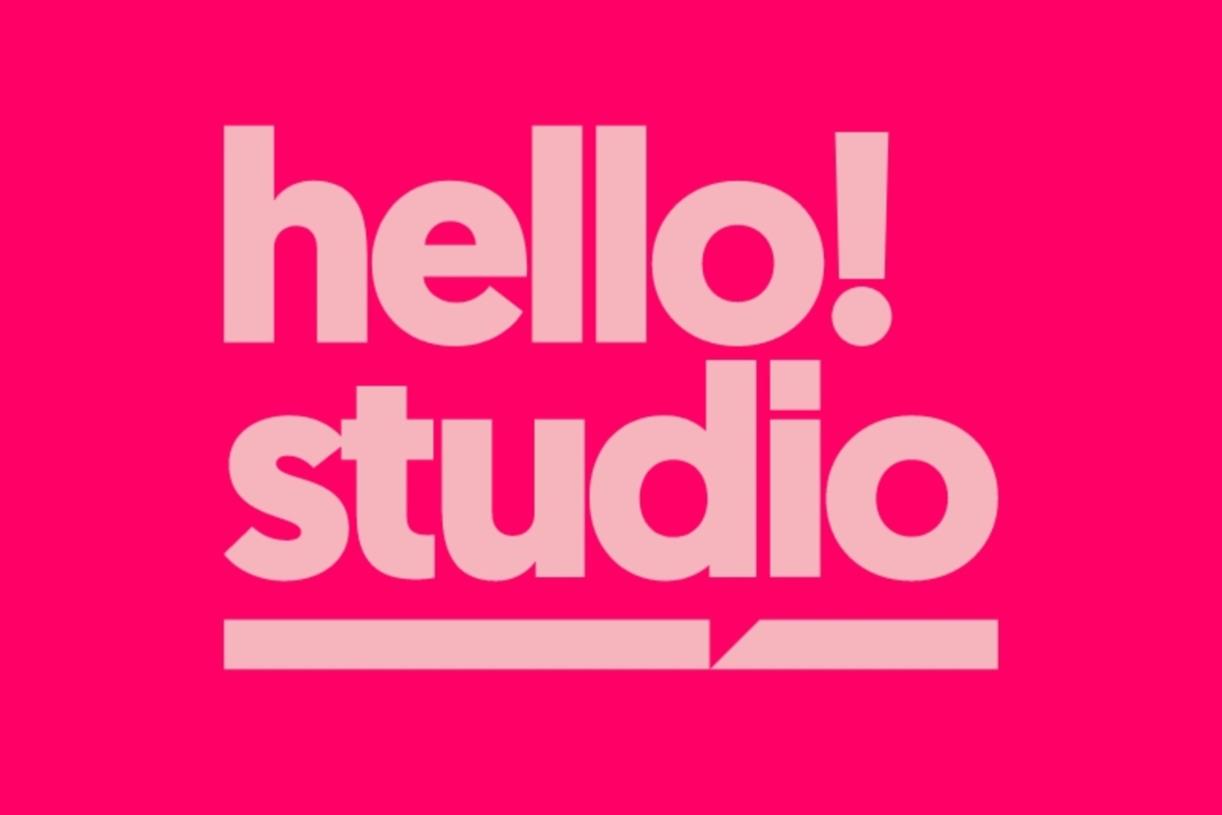










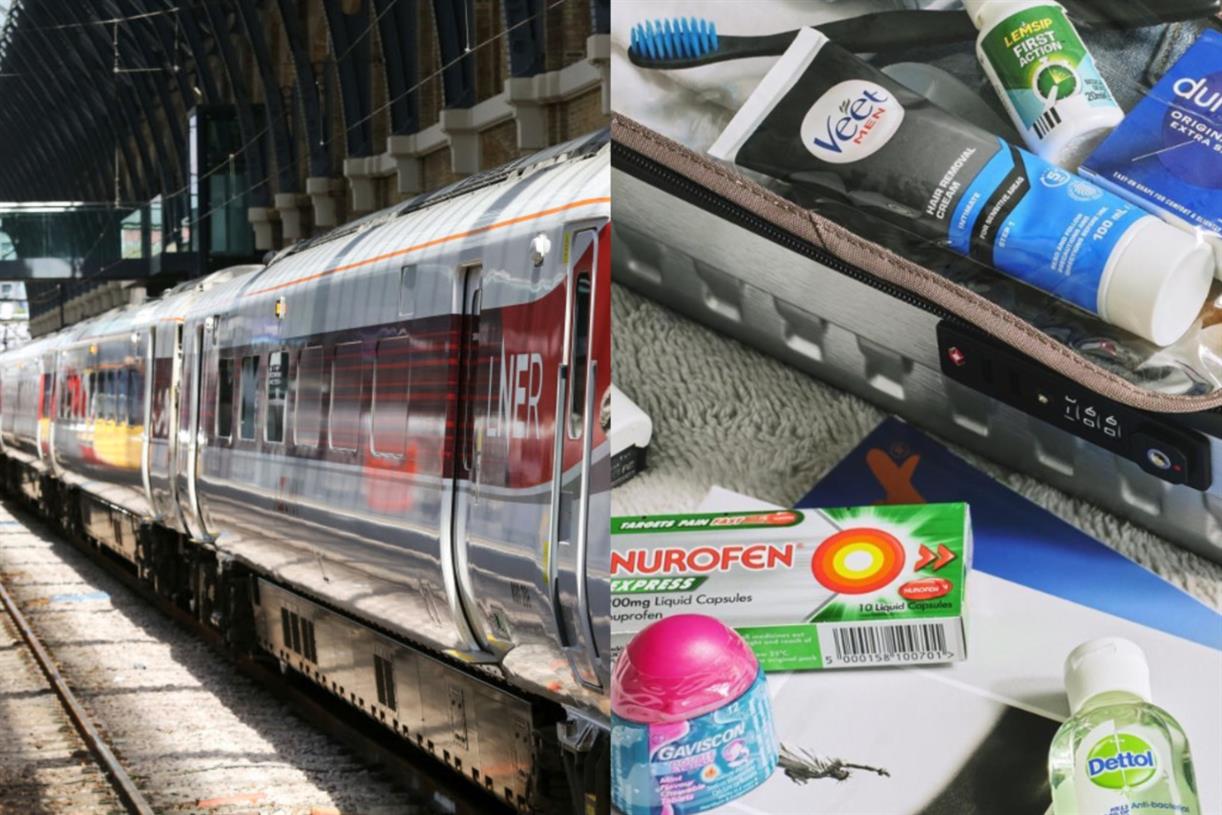
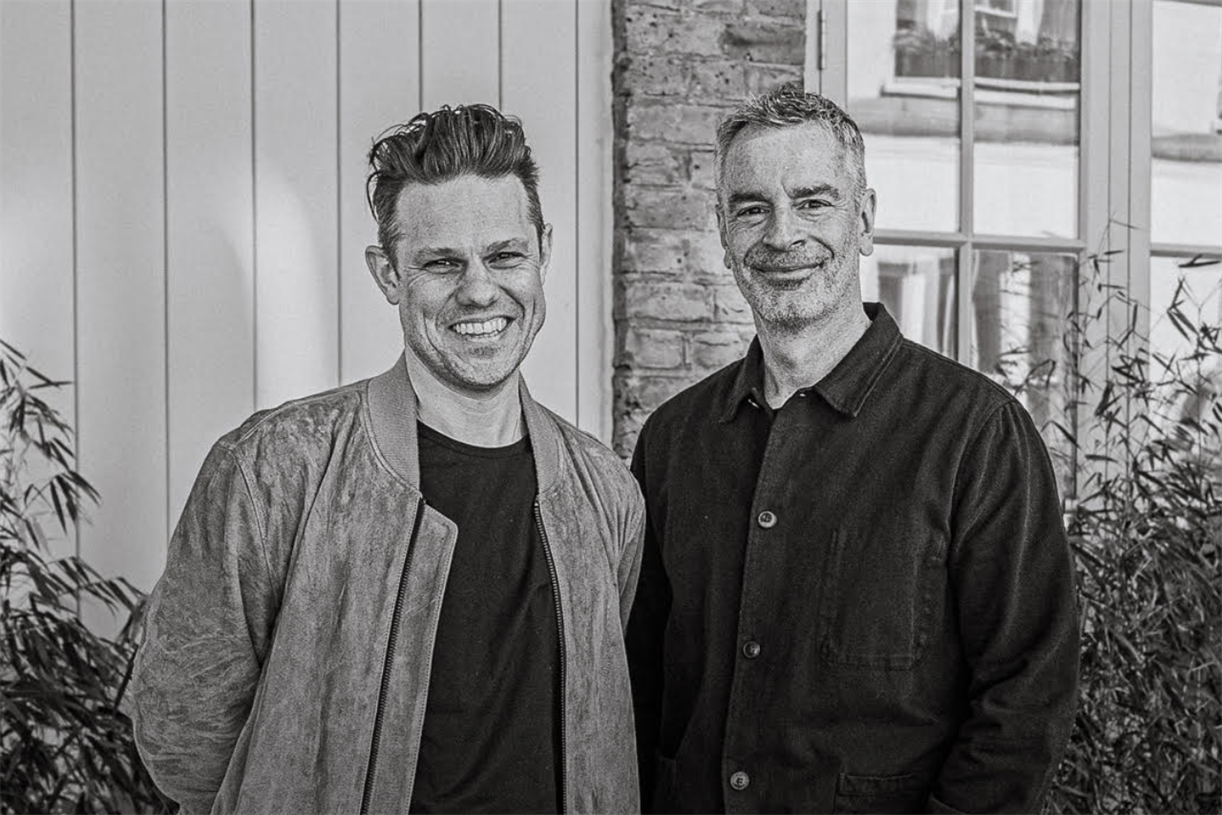








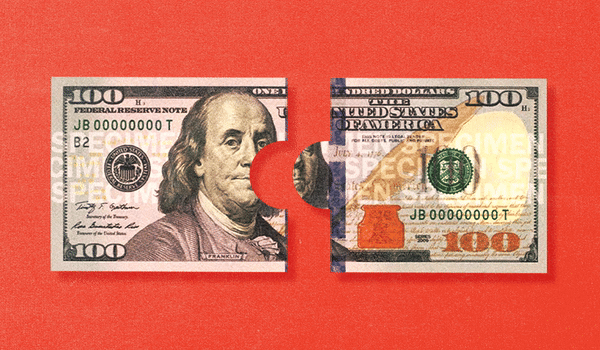
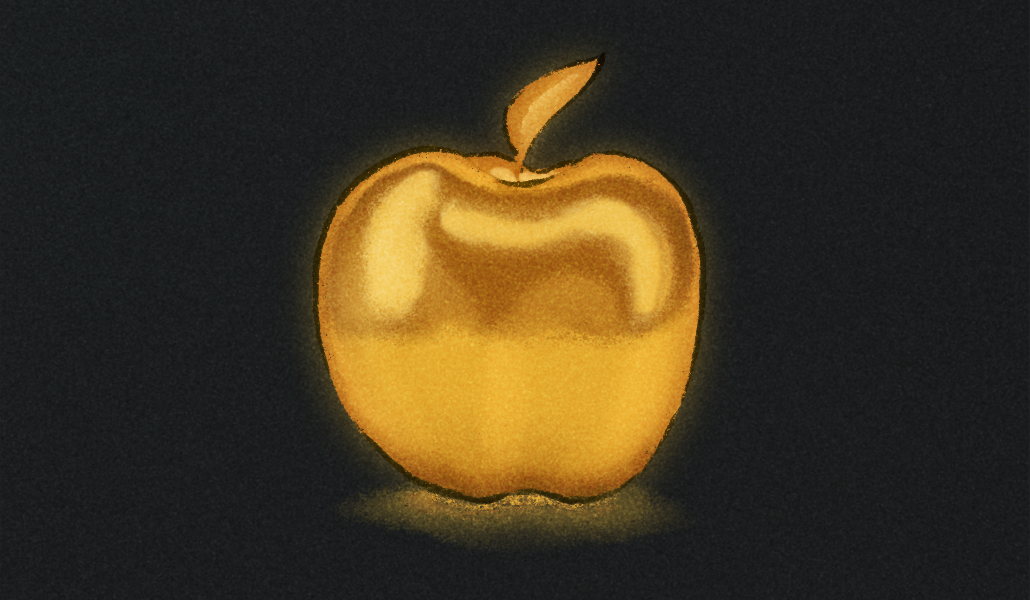
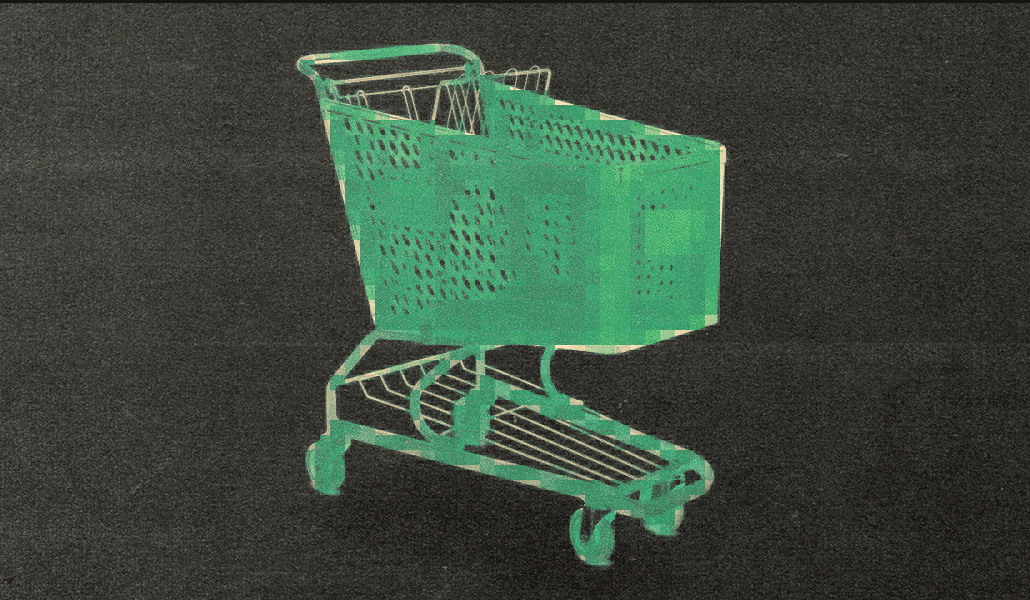




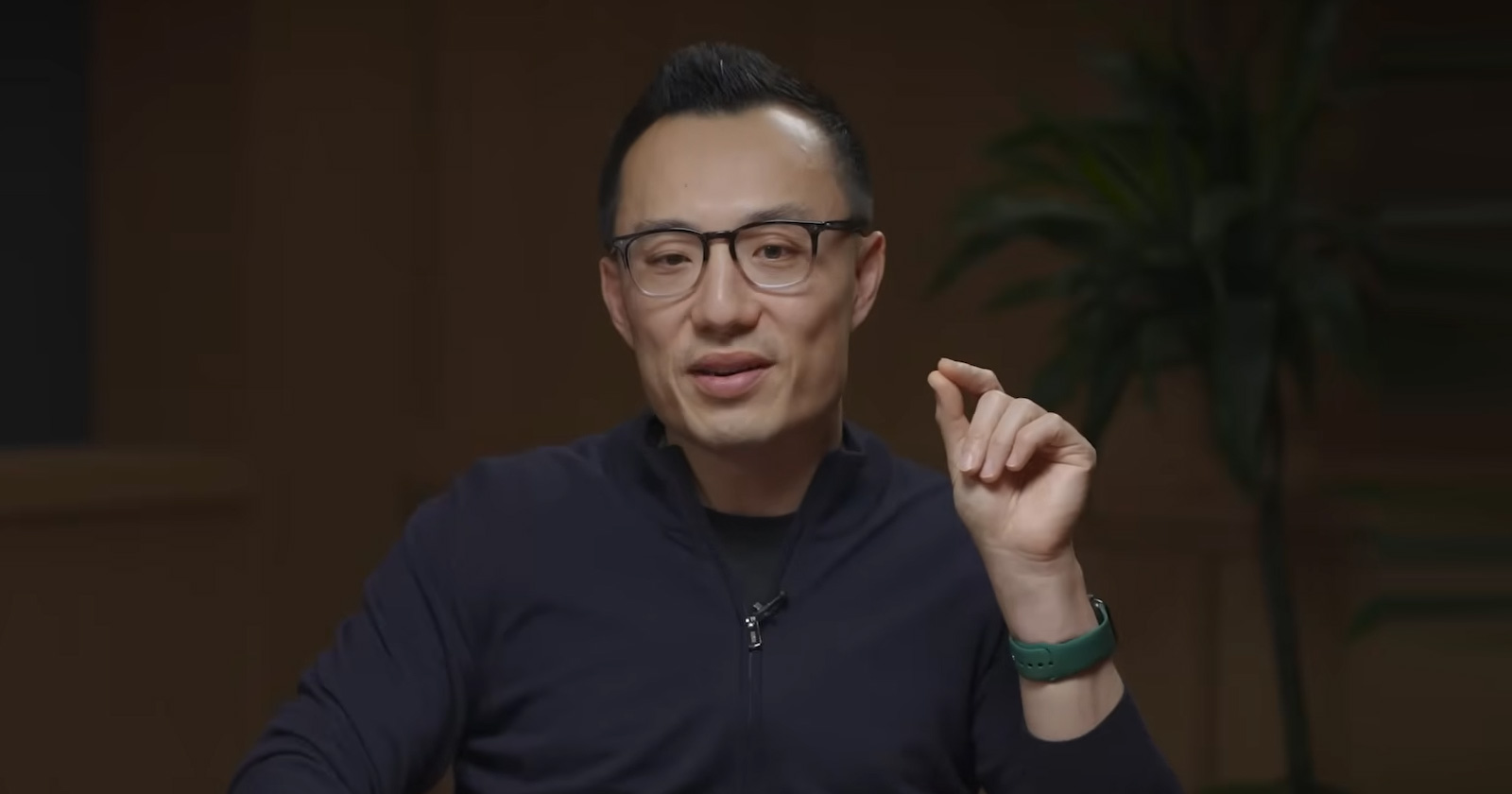

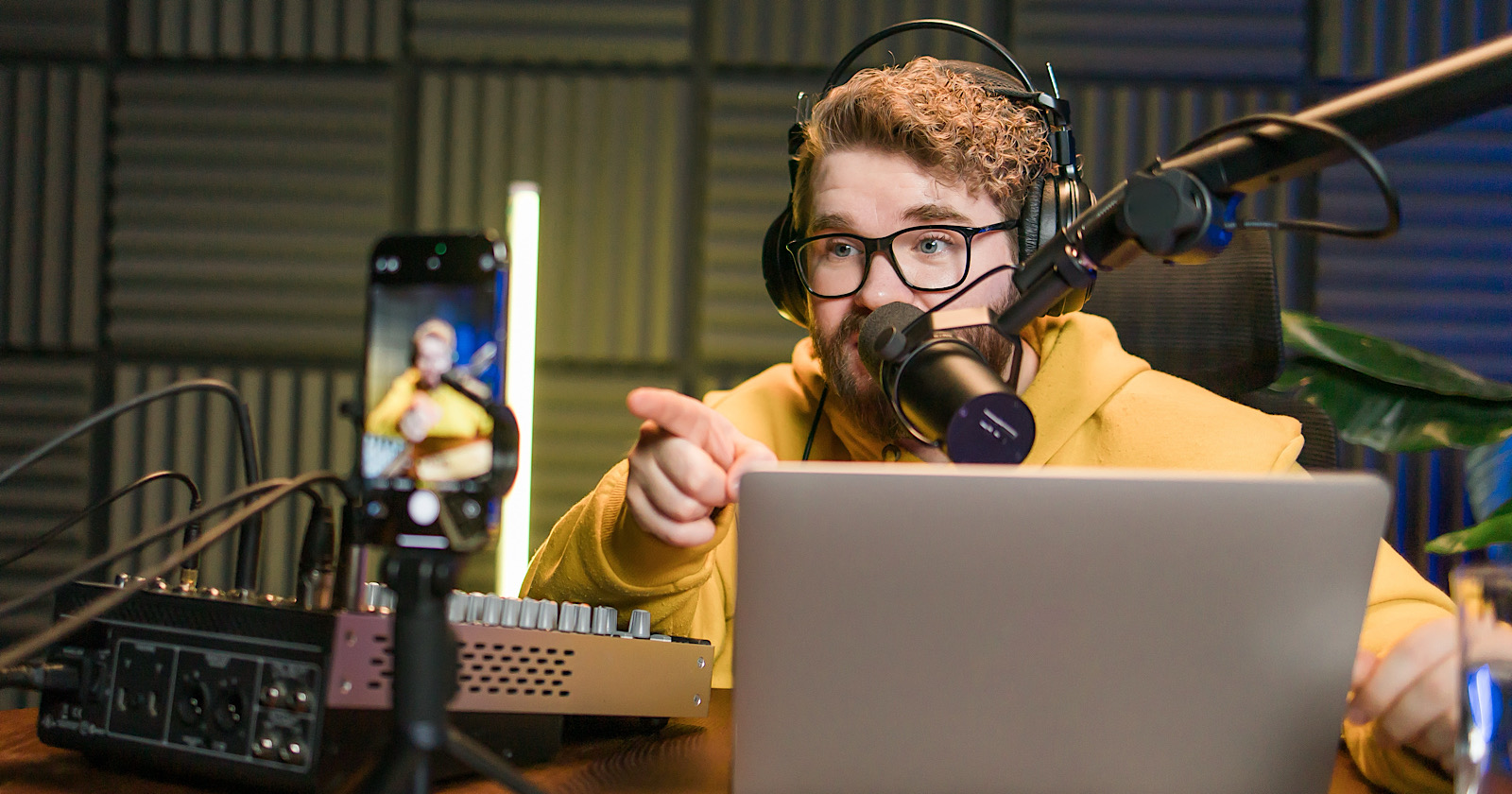
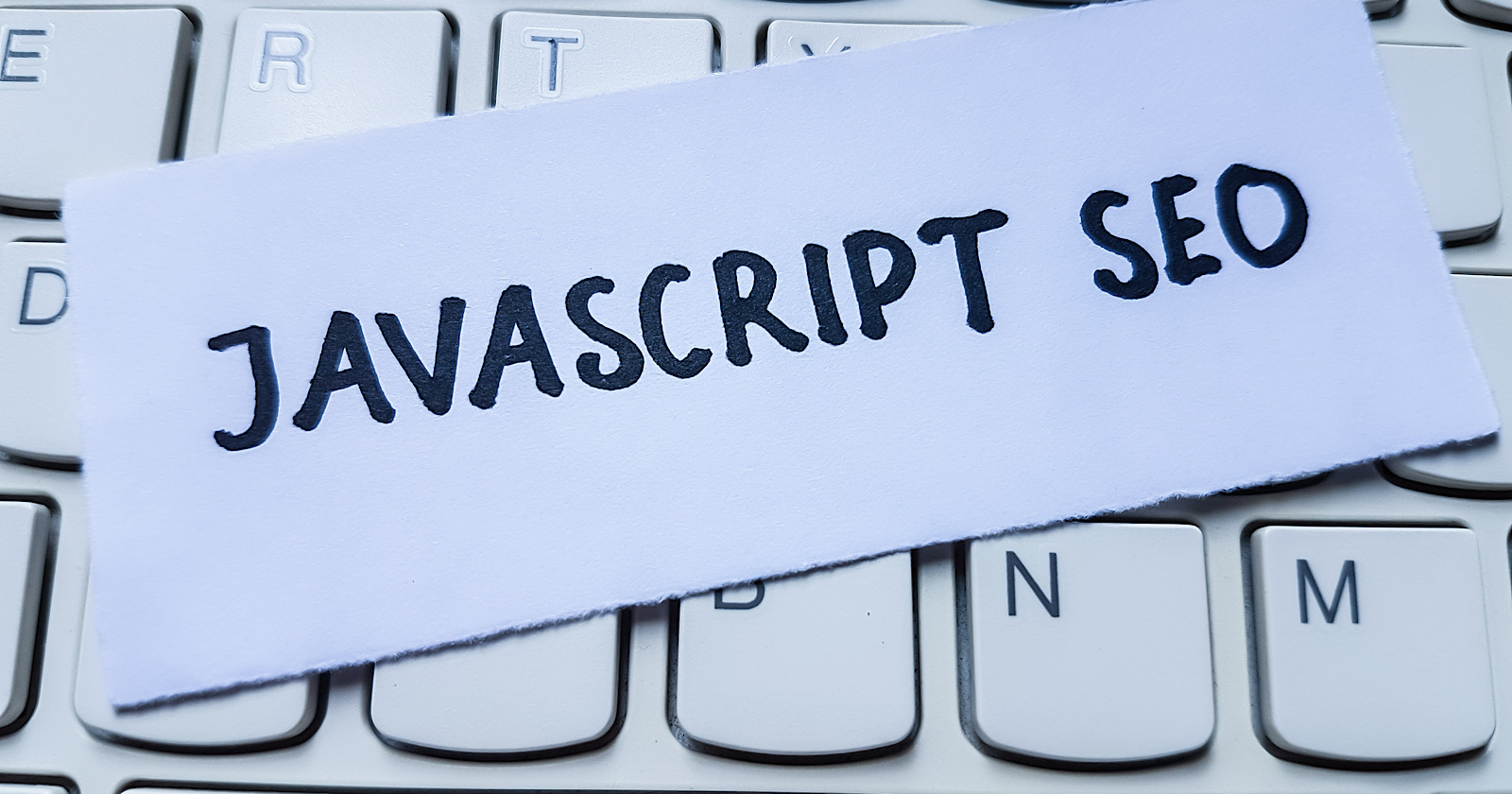

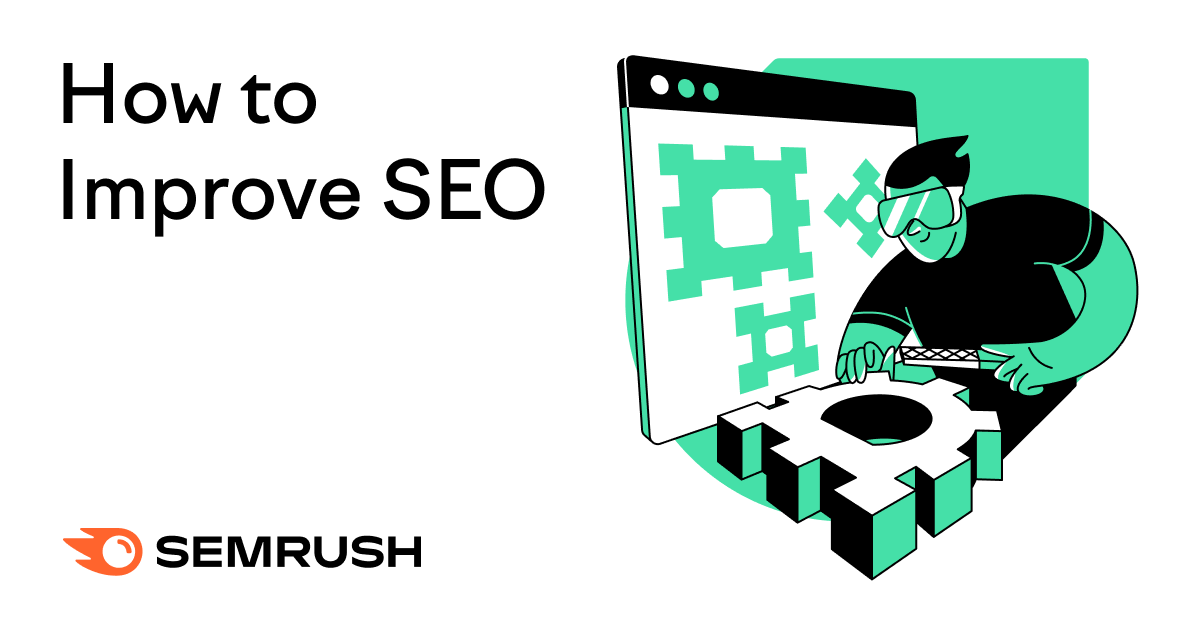

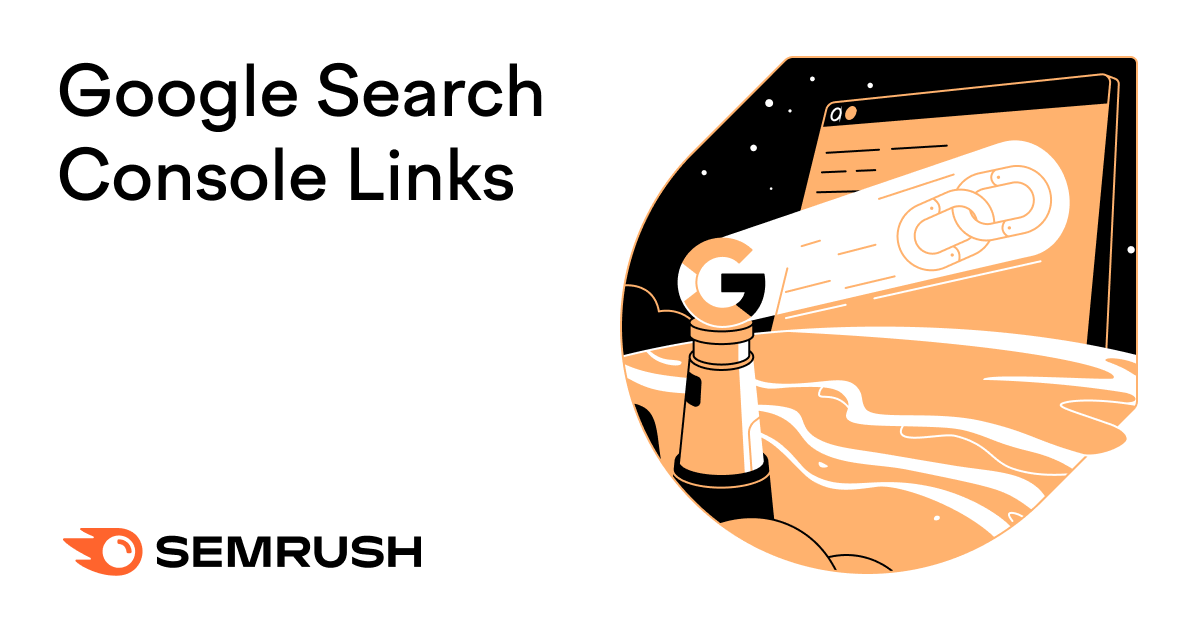
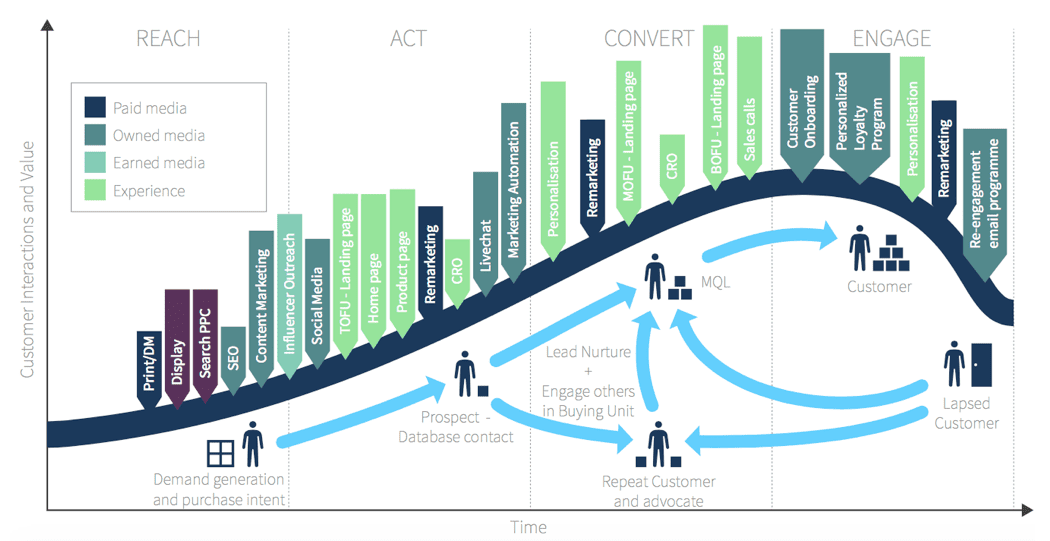
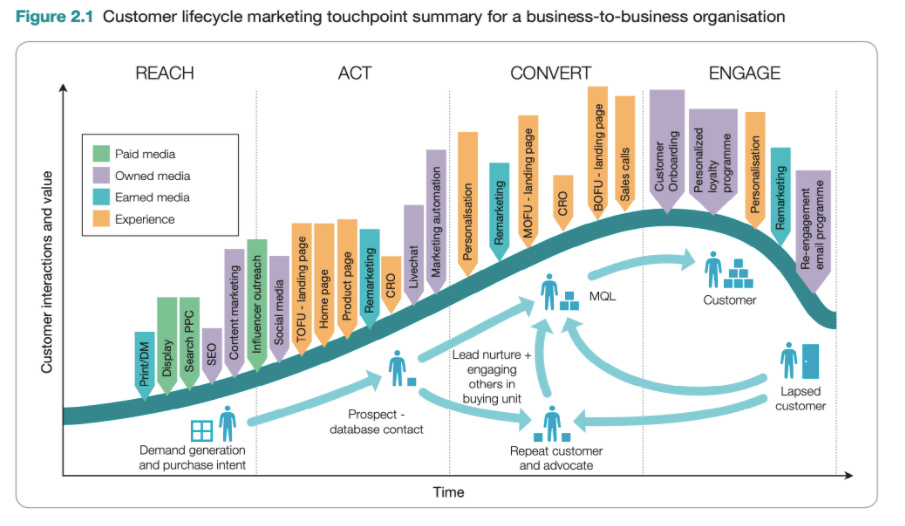
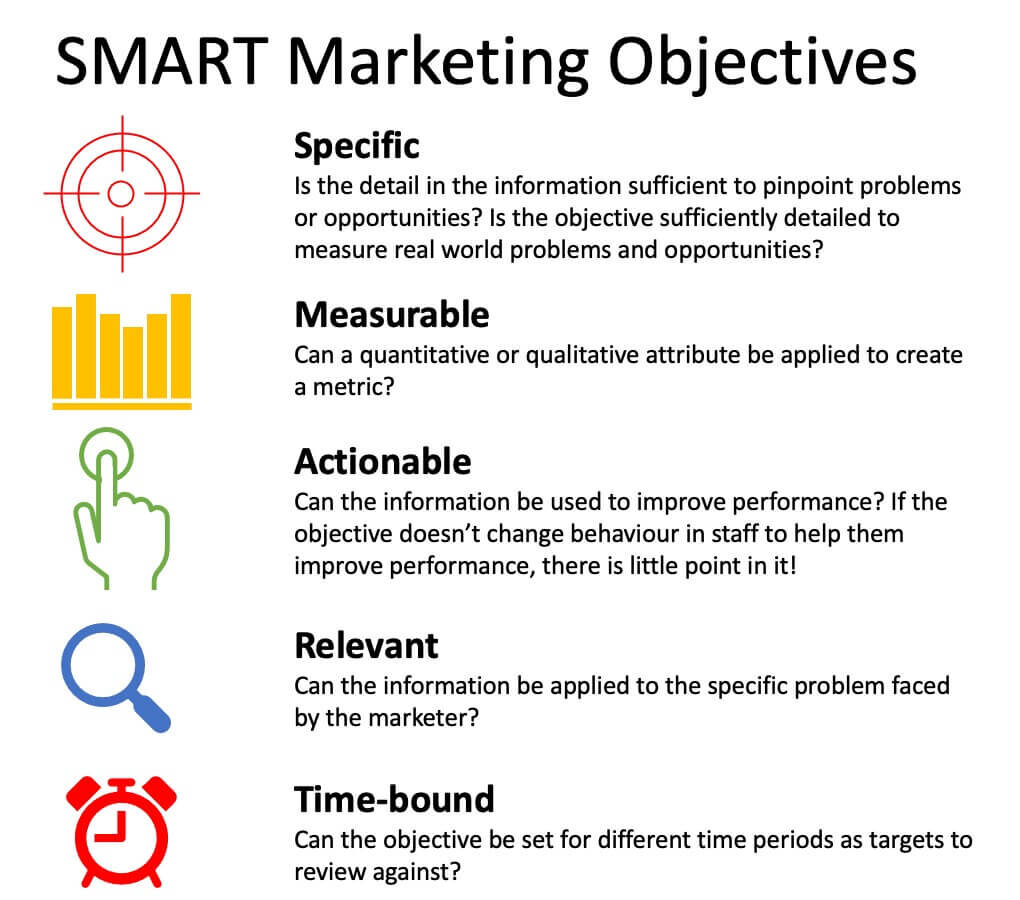
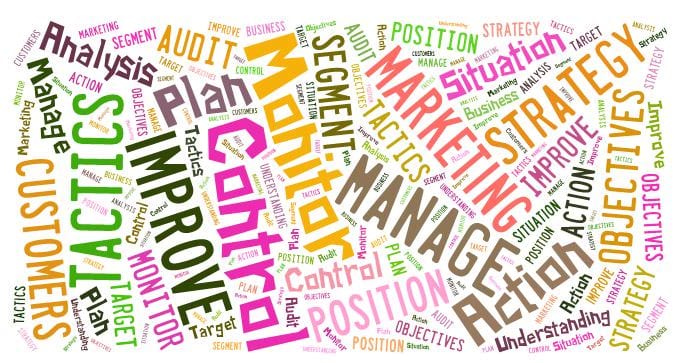








![How Marketers Are Using AI for Writing [Survey]](https://www.growandconvert.com/wp-content/uploads/2025/03/ai-for-writing-1024x682.jpg)

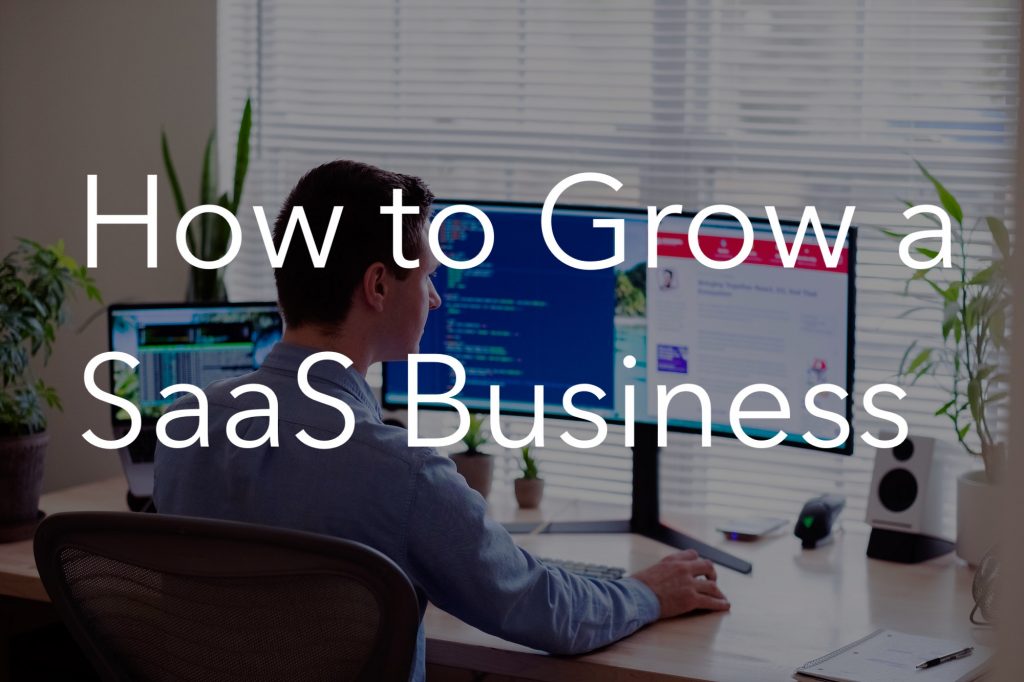
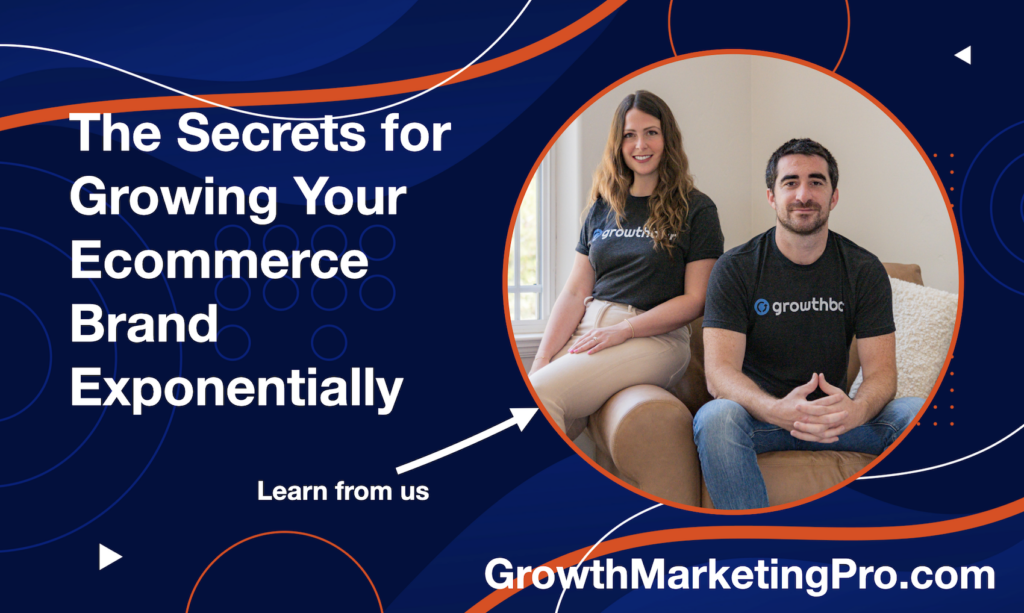





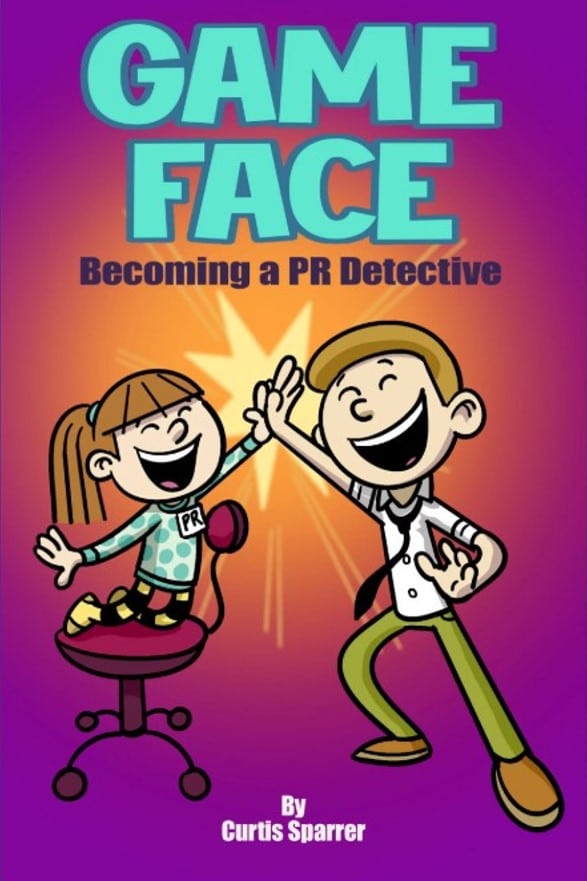








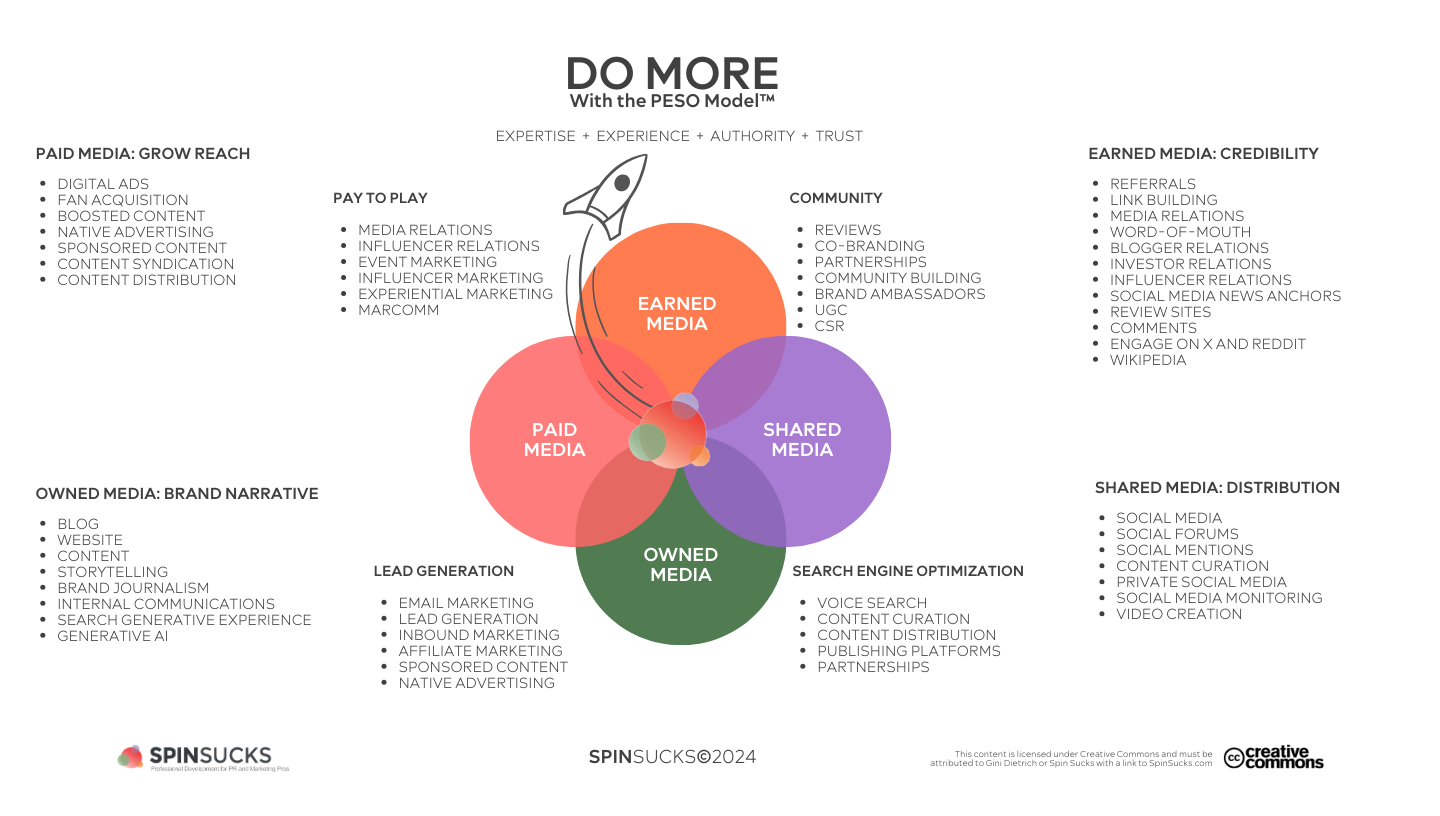







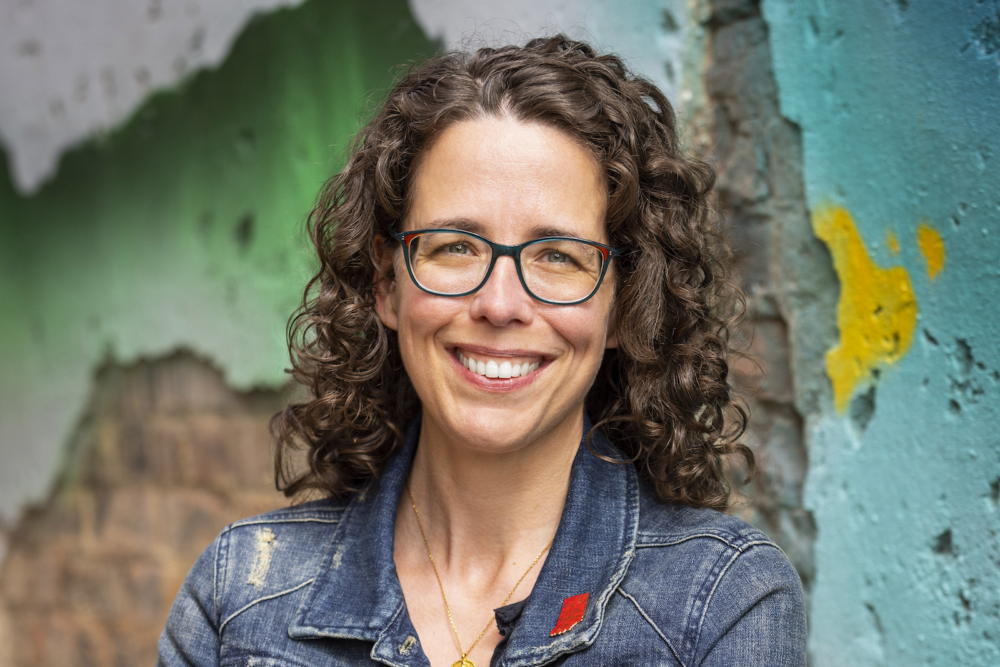











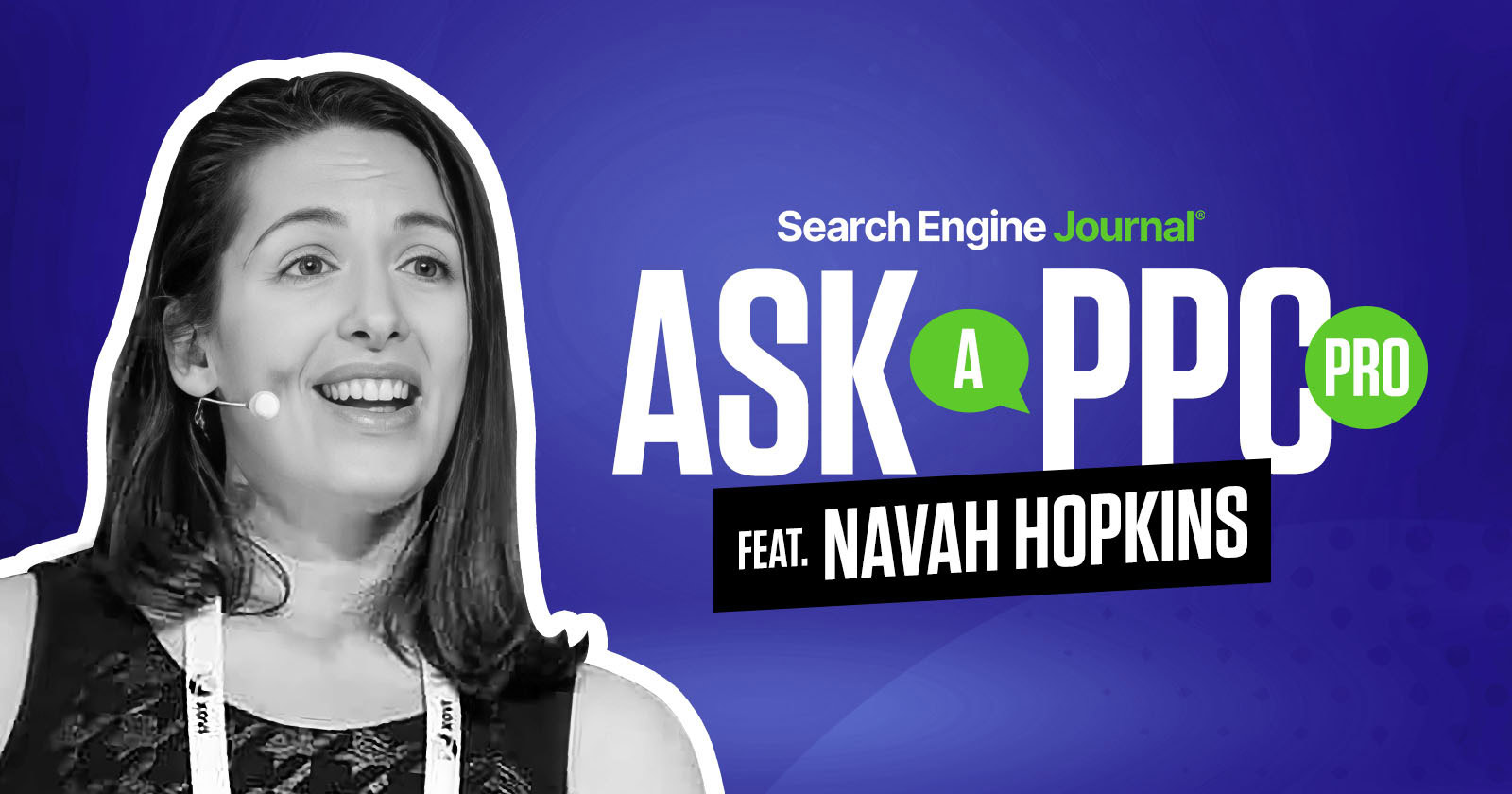
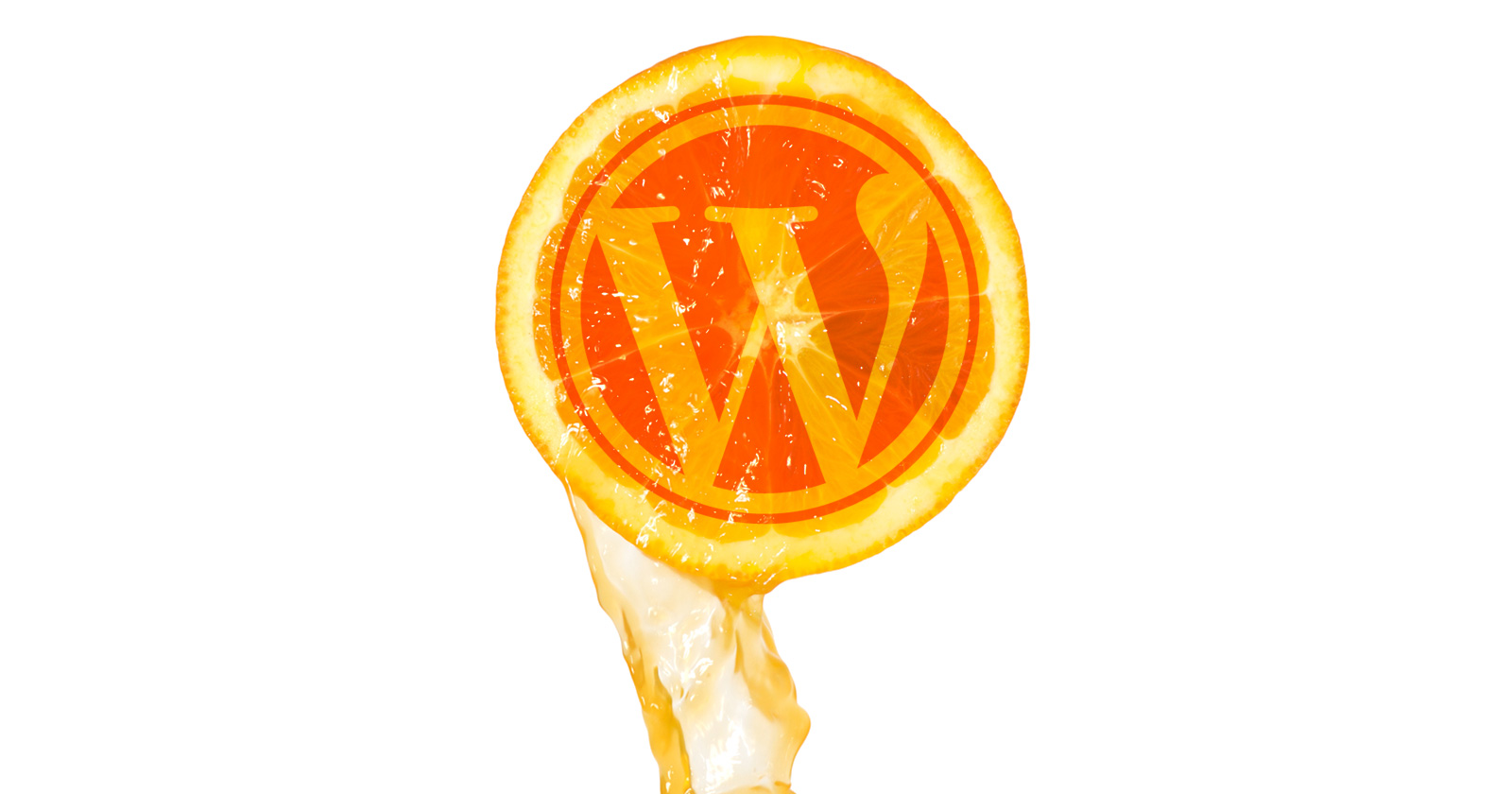


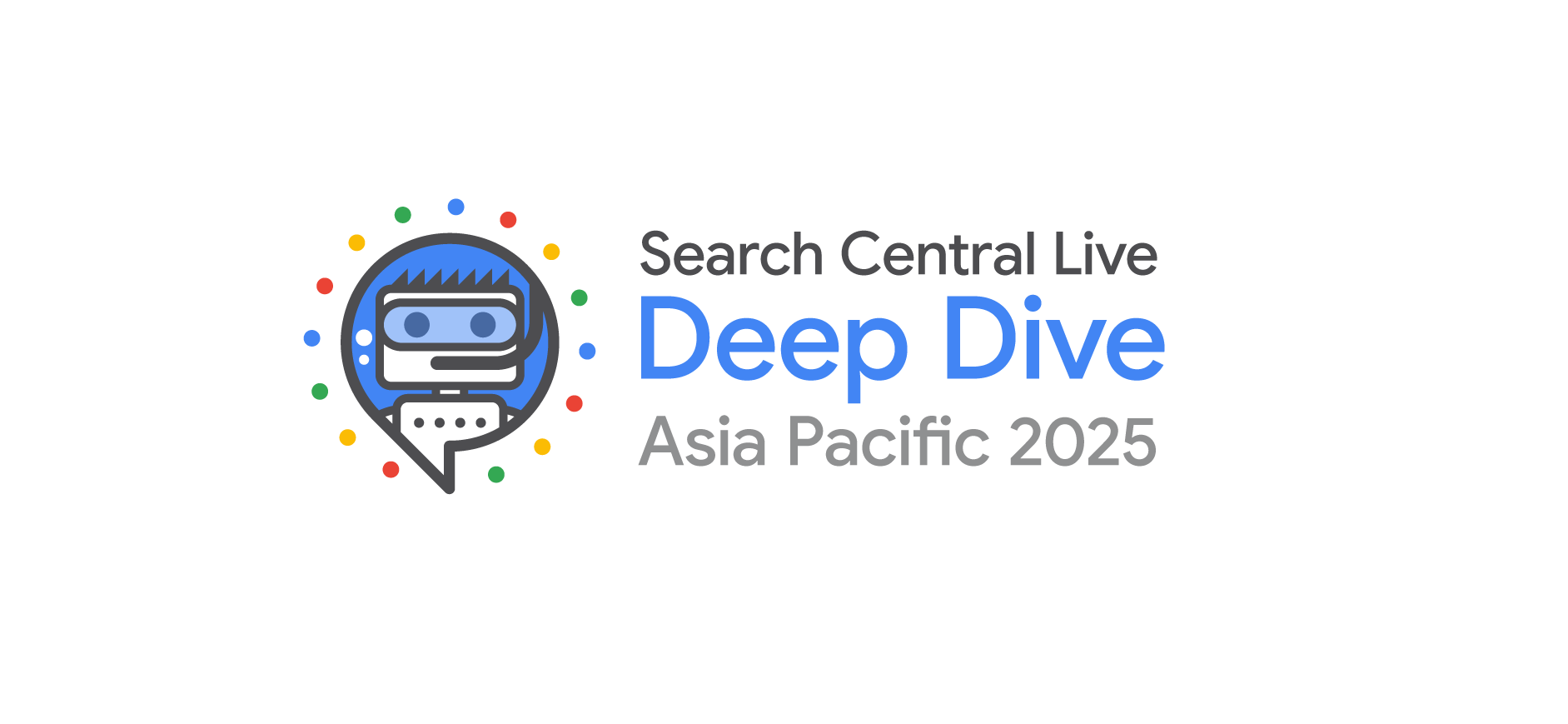





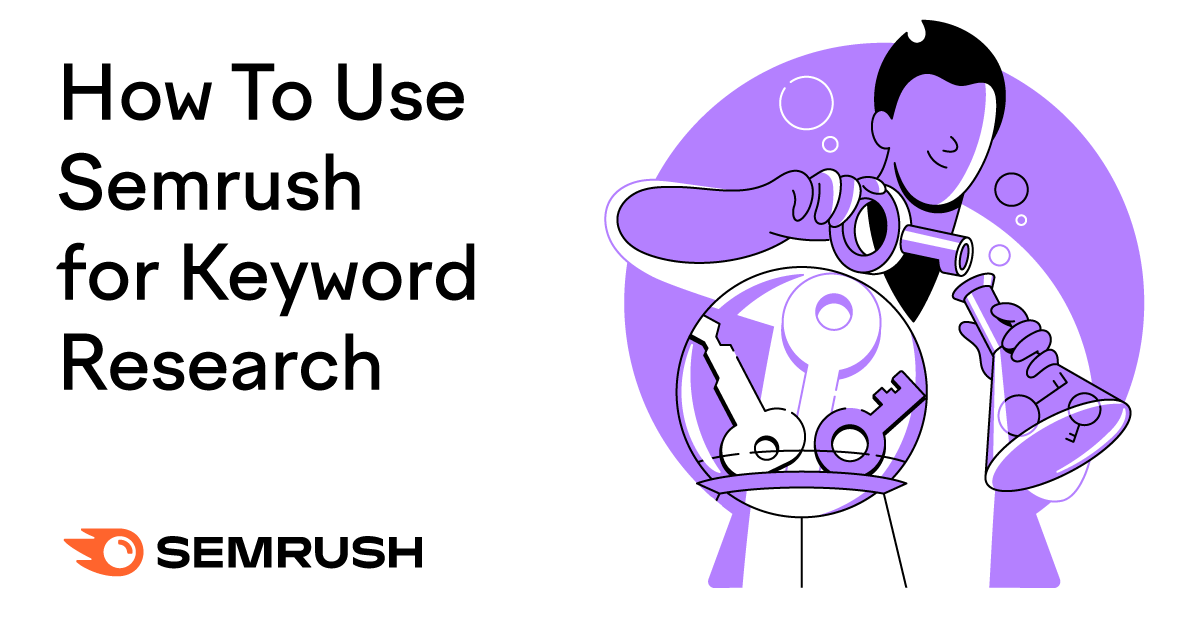

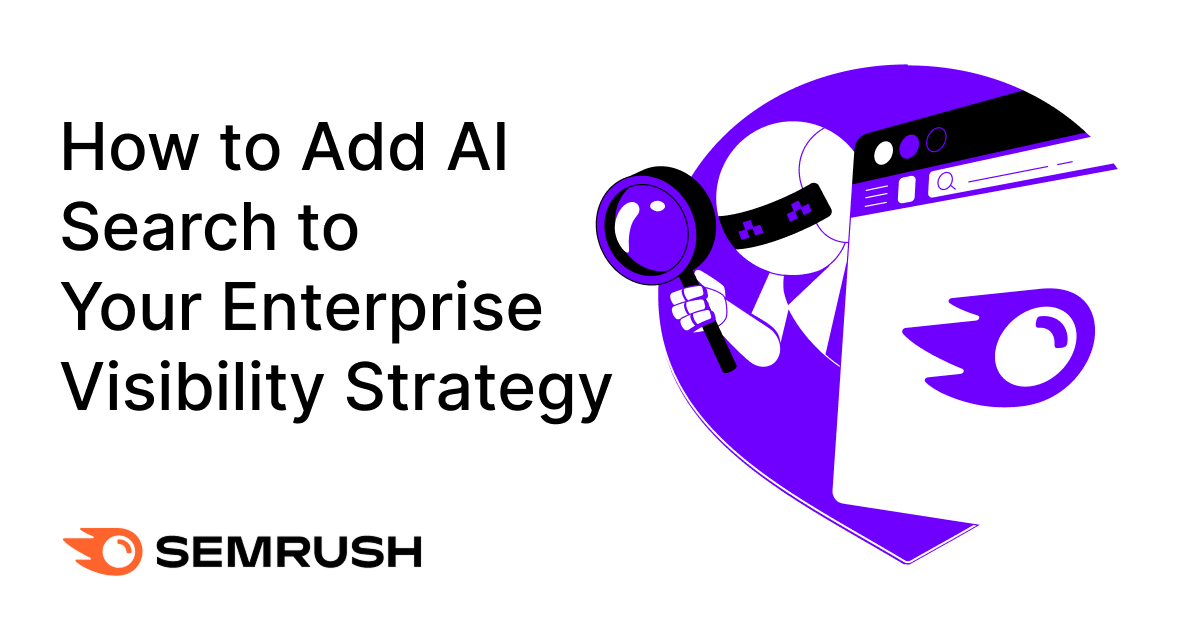
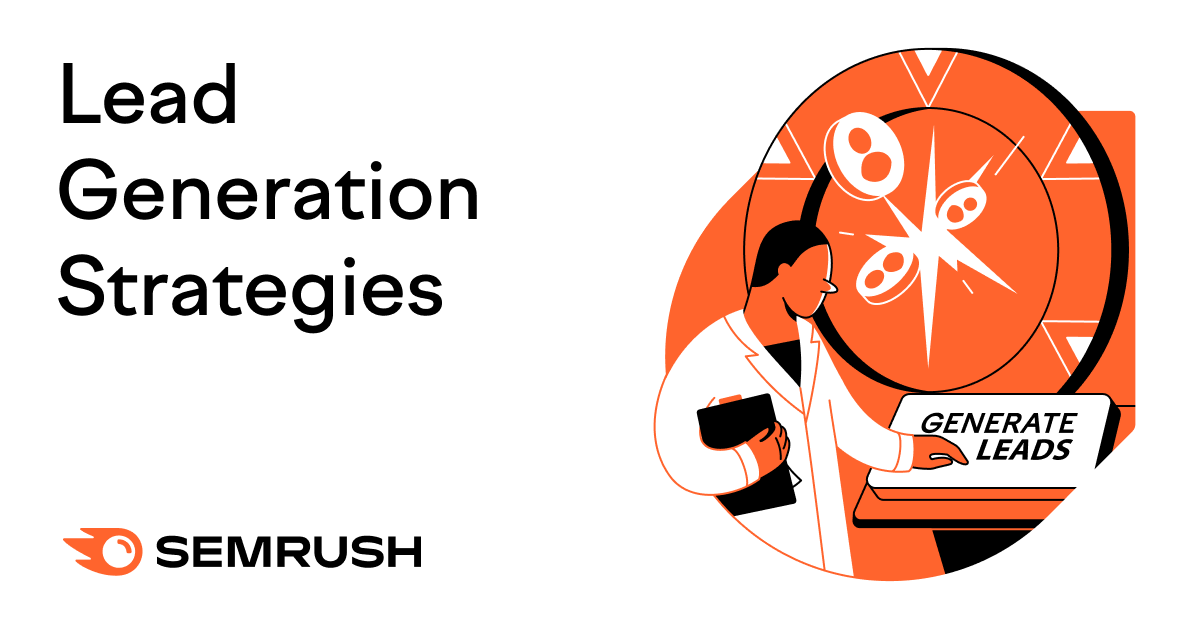
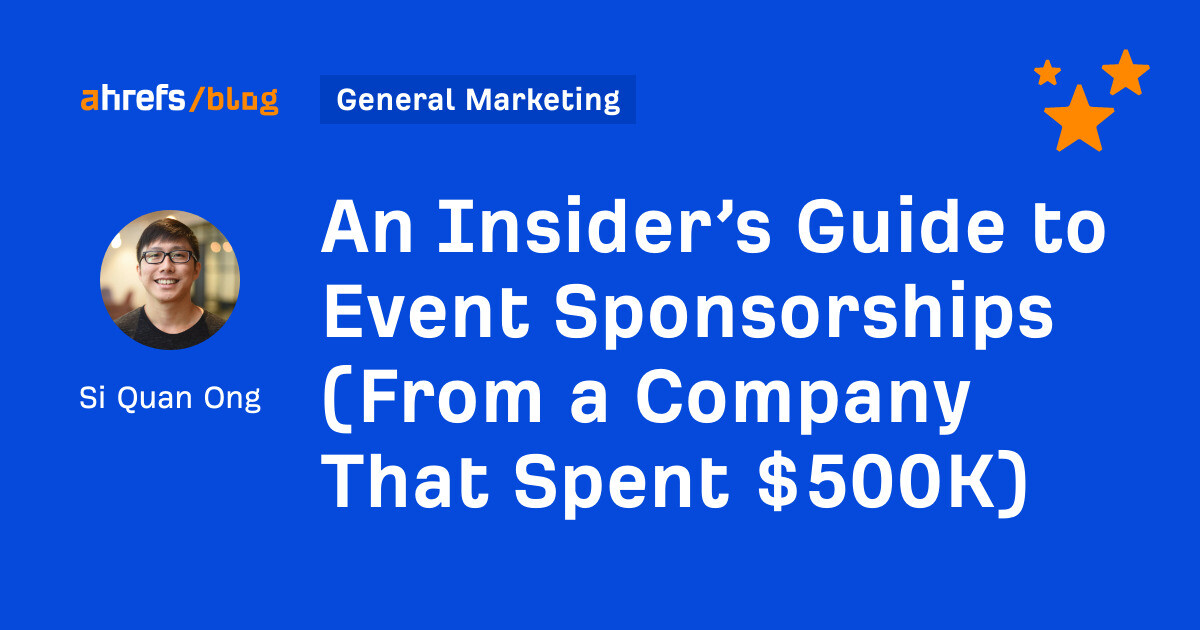
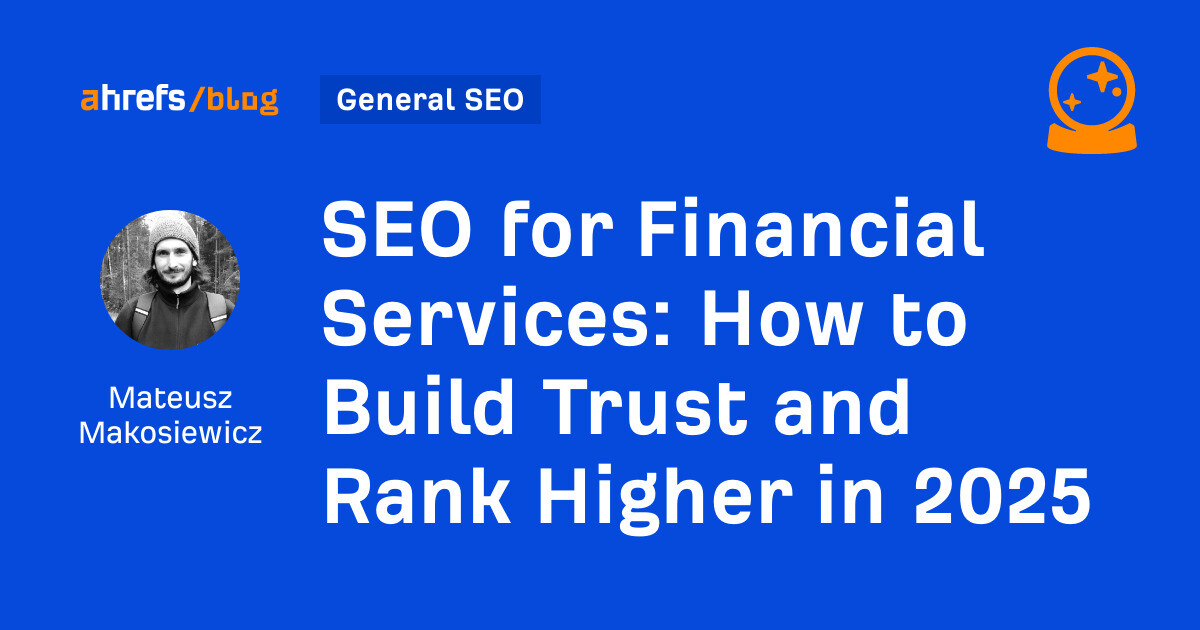
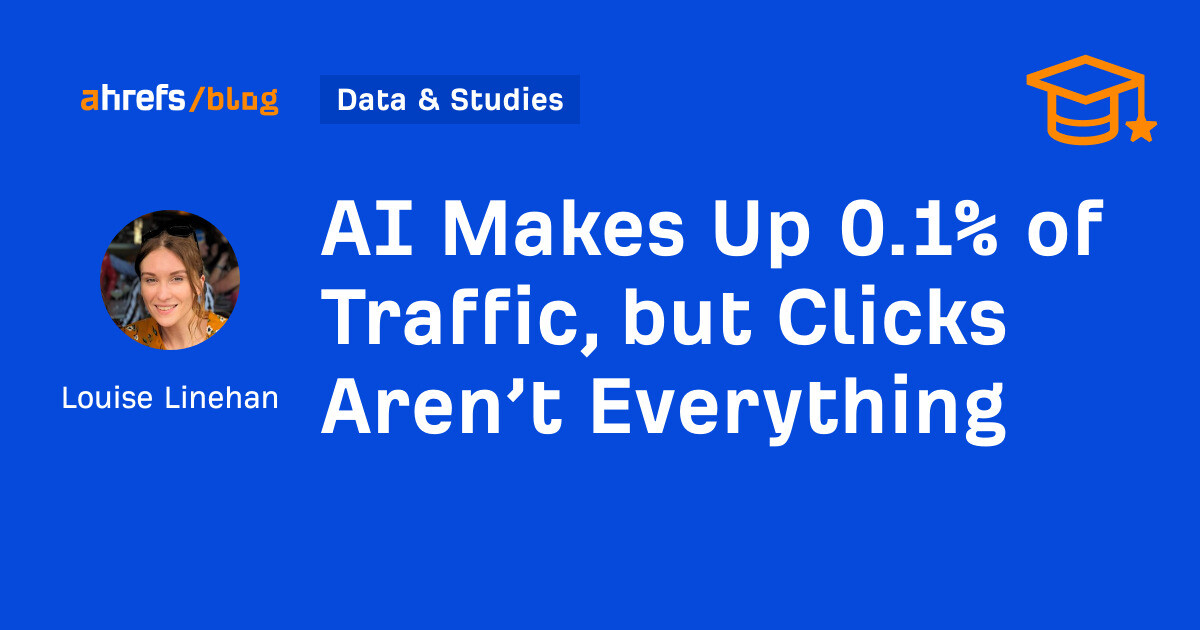
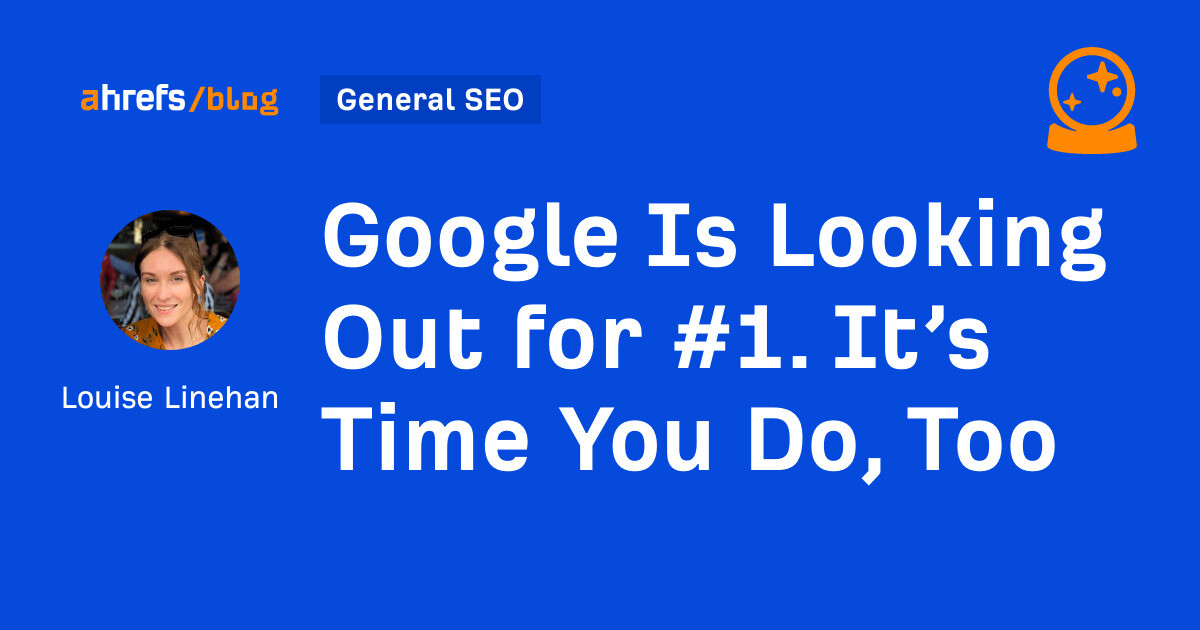
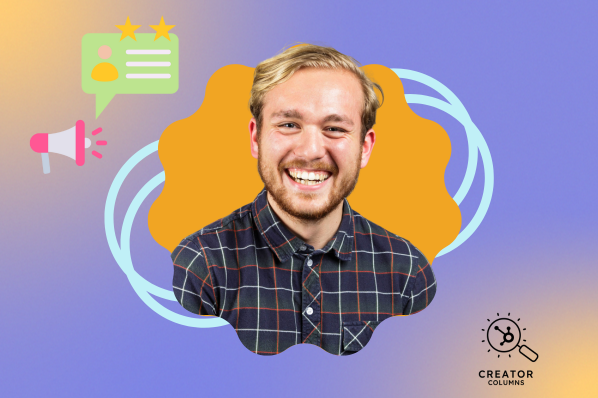

![How to Do Market Research & Better Understand Your Target Customers [Template]](https://www.hubspot.com/hubfs/market-research-buyers-journey_5.webp)

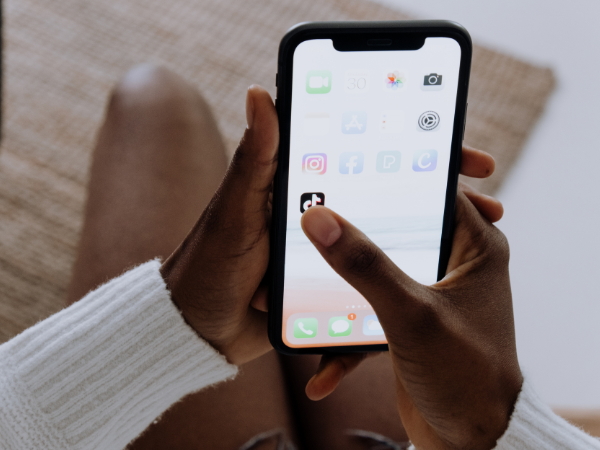








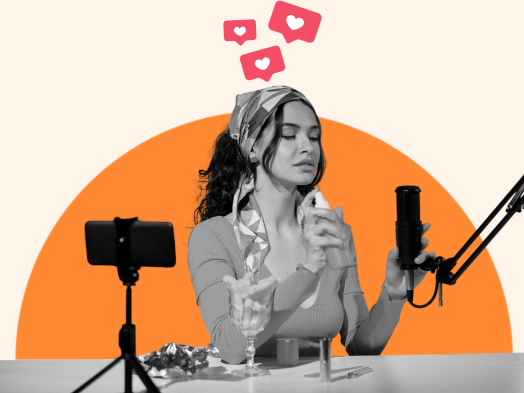
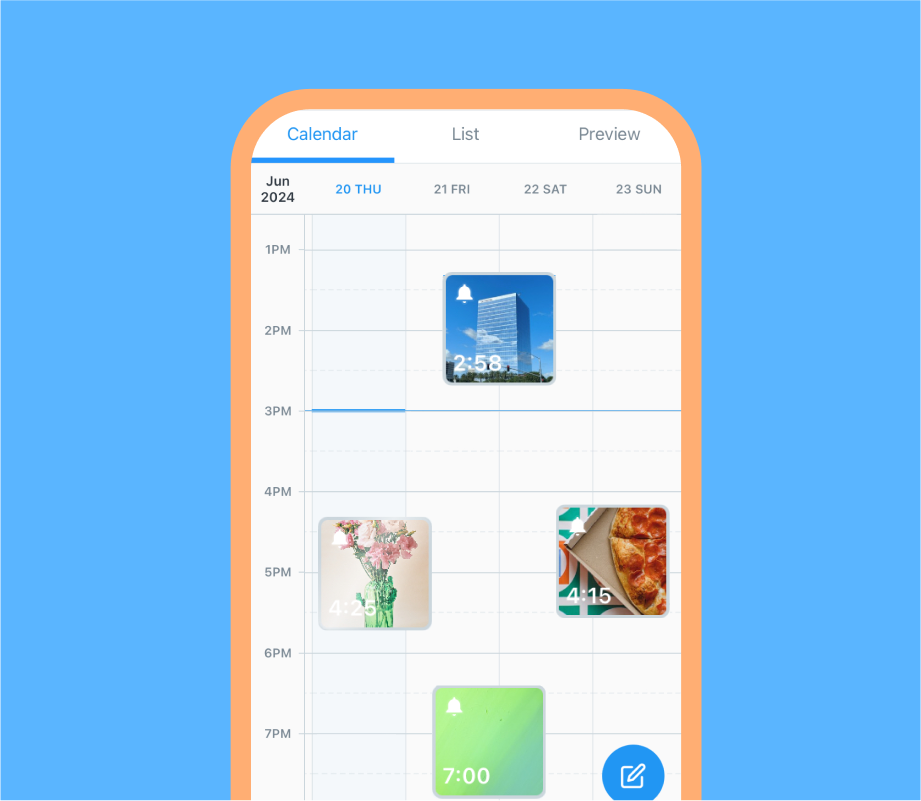


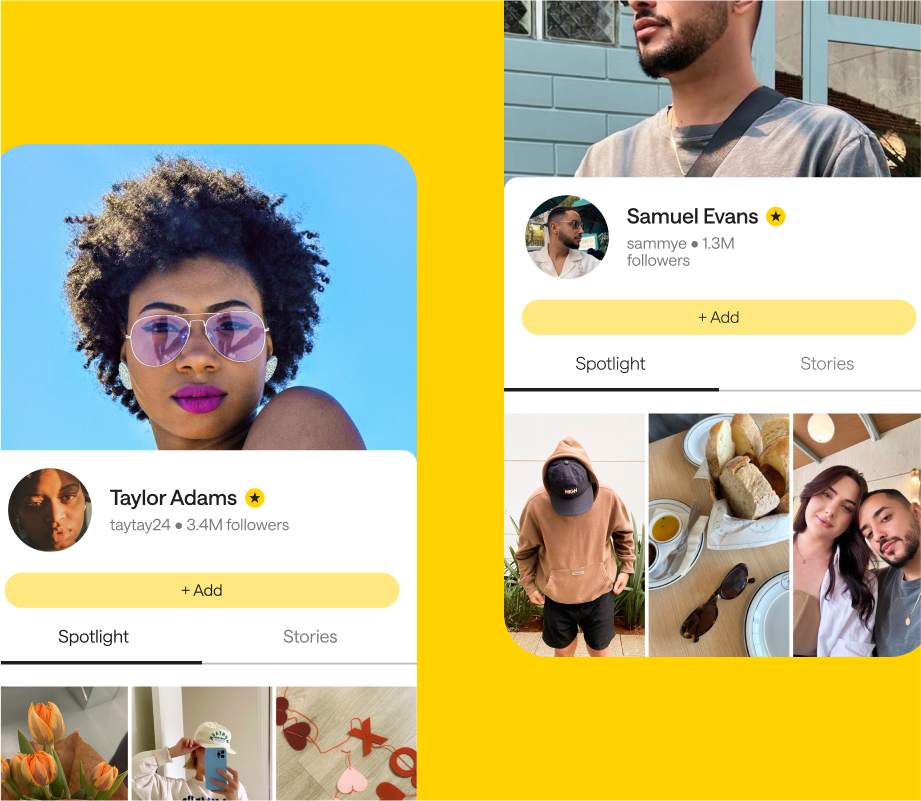
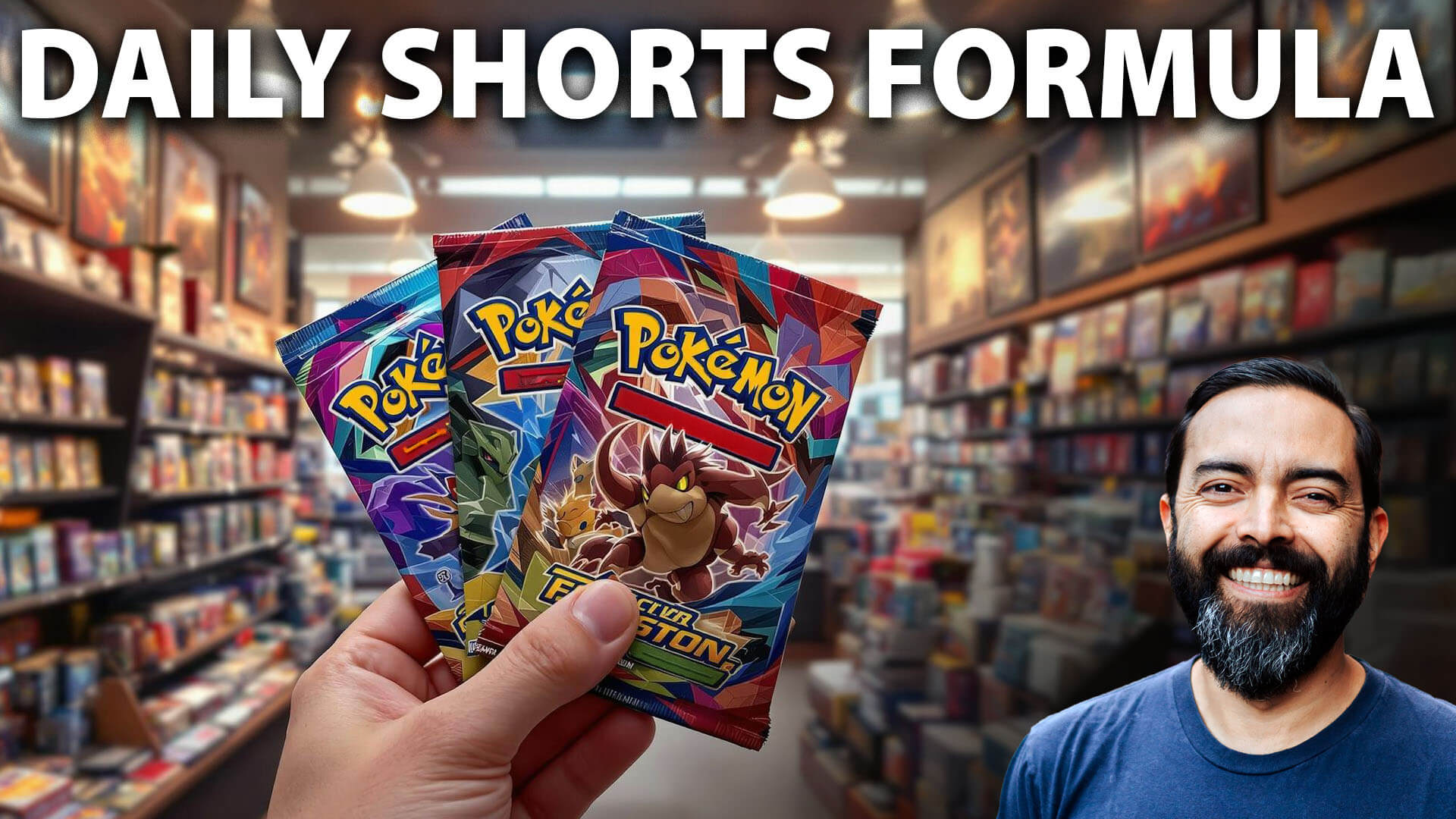

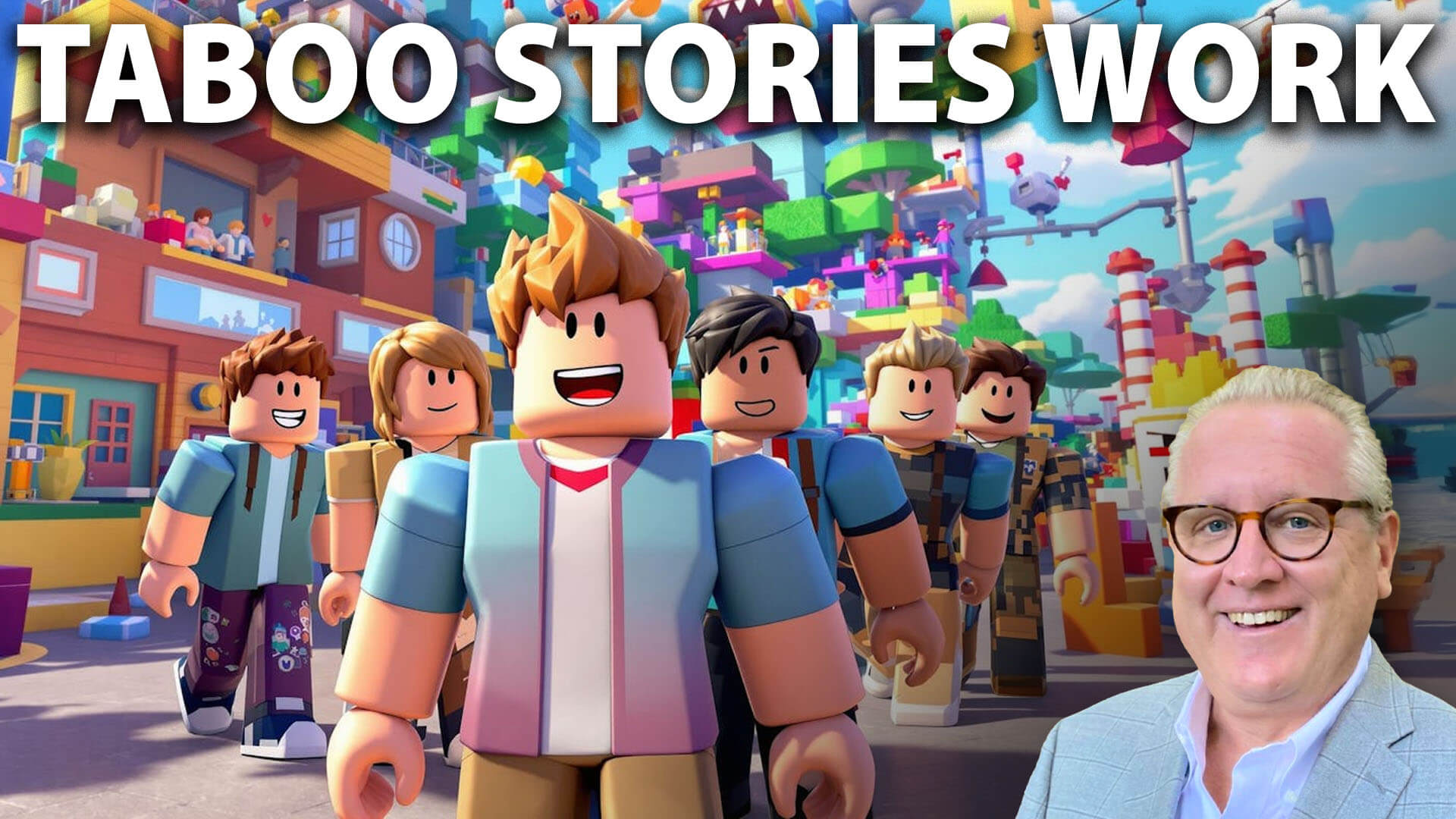





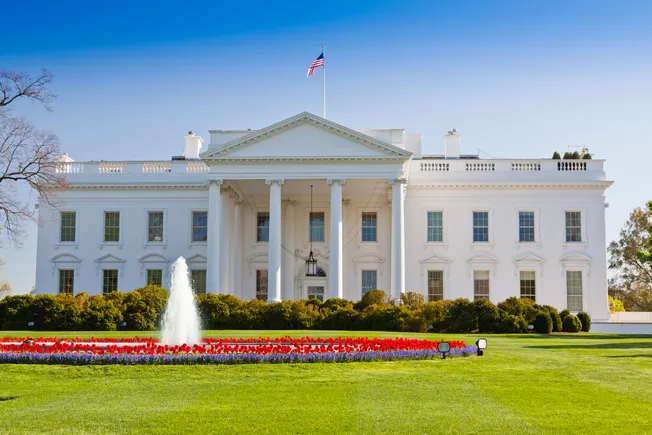
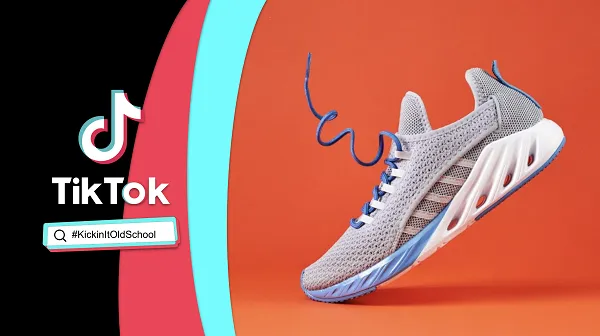

![Meta Outlines Open Source Contributions in 2024 [Infographic]](https://imgproxy.divecdn.com/YOYEhTrhLX1rsEjXqZJNhFf8sC0vMoNHeK_qbzpVVKY/g:ce/rs:fit:770:435/Z3M6Ly9kaXZlc2l0ZS1zdG9yYWdlL2RpdmVpbWFnZS9tZXRhX29wZW5fc291cmNlX2luZm8yLnBuZw==.webp)


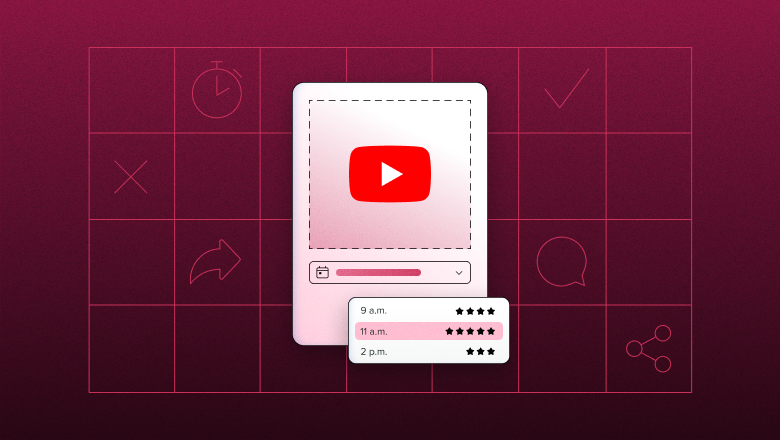



![How often should a business post on social media? [2025 data]](https://blog.hootsuite.com/wp-content/uploads/2024/09/How-often-should-a-business-post-on-social-media-2025-data.png)